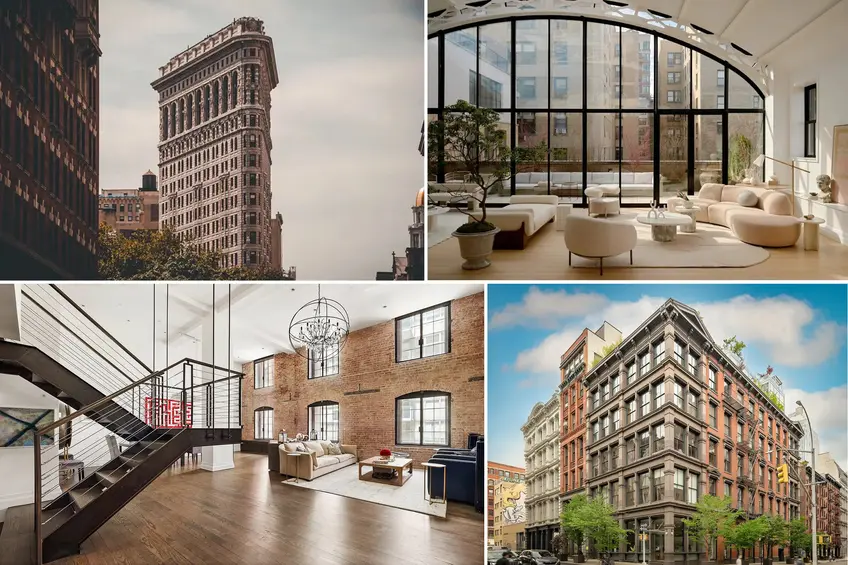
Updated 10/30/2023 with details on The Brodsky Organization buying a stake in the building and confirmation that the building will be converted to condos.
In March 2023, the Flatiron Building dominated New York headlines when it sold at auction for $190 million. It was originally sold to Jacob Garlick, a managing partner at Abraham Trust, but the deal fizzled out when he failed to pay a 10% deposit. It returned to auction on May 23, at which time bidders were required to bring a $100,000 certified check to prevent a similar scenario from playing out again. The winner of the second auction was a group led by GFP Real Estate, one of the companies that currently control the building, which won with a $161 million bid.
In March 2023, the Flatiron Building dominated New York headlines when it sold at auction for $190 million. It was originally sold to Jacob Garlick, a managing partner at Abraham Trust, but the deal fizzled out when he failed to pay a 10% deposit. It returned to auction on May 23, at which time bidders were required to bring a $100,000 certified check to prevent a similar scenario from playing out again. The winner of the second auction was a group led by GFP Real Estate, one of the companies that currently control the building, which won with a $161 million bid.
After the auction, GFP Real Estate Chairman Jeff Gural announced that the Flatiron Building’s owners planned to convert the upper floors to residential use while keeping the lower floors for offices. More recently, the partners announced that developer Brodsky Organization has bought a stake in the building and will work with them to turn it into a luxury condominium. Details on the residences and layouts are not yet available, but the owners have said that the ground floor will remain retail space and that there could be as many as 40 units on top. The conversion is estimated to take three years.
The announcement comes at a time when hybrid work environments show no sign of going away and the adaptive reuse of empty office buildings is seen as one of many solutions to buck New York’s housing shortage. The planned conversion also comes on the heels of One Wall Street, the Woolworth Tower Residences, and 108 Leonard, to name but a few successful office-to-condo conversions.
The announcement comes at a time when hybrid work environments show no sign of going away and the adaptive reuse of empty office buildings is seen as one of many solutions to buck New York’s housing shortage. The planned conversion also comes on the heels of One Wall Street, the Woolworth Tower Residences, and 108 Leonard, to name but a few successful office-to-condo conversions.
In this article:
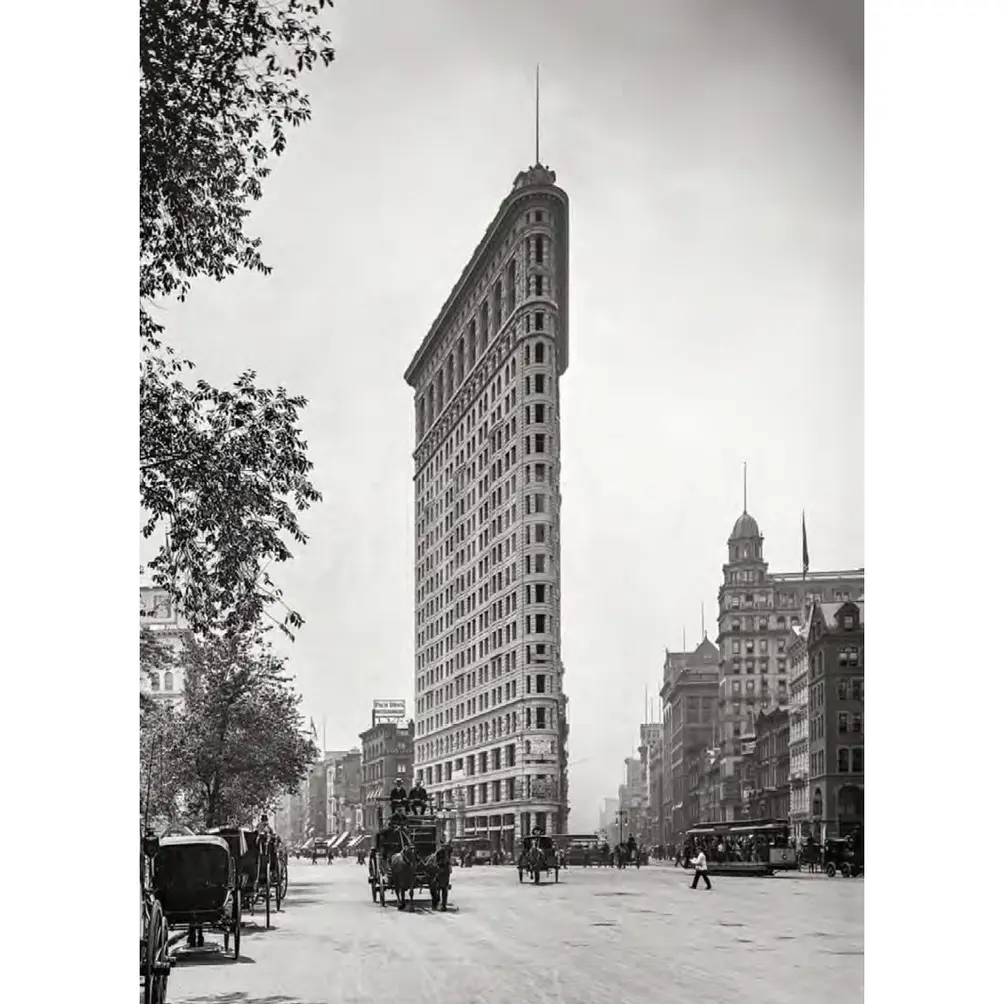
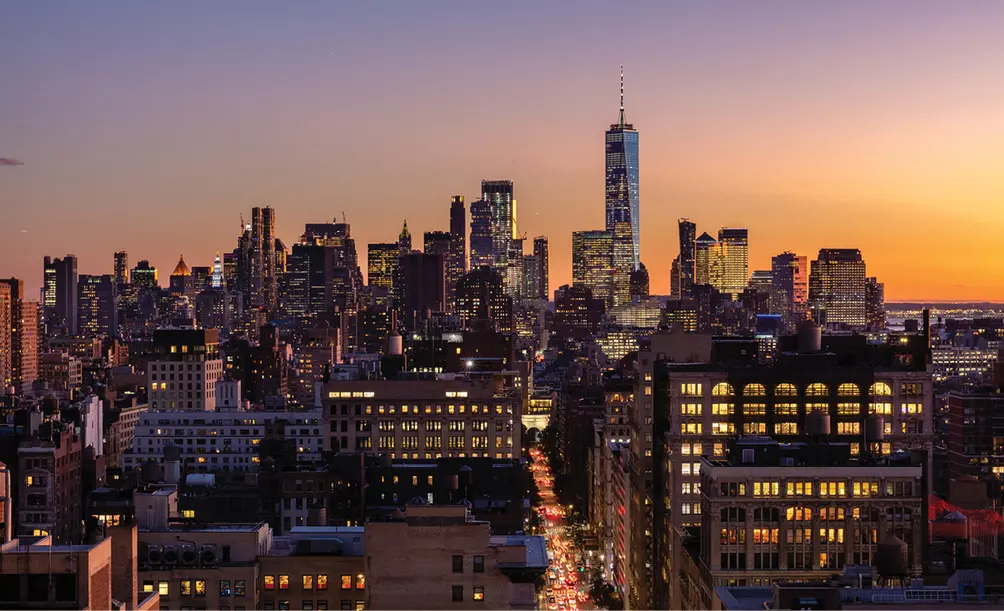 The south-facing view of downtown from an upper floor at The Flatiron Building
The south-facing view of downtown from an upper floor at The Flatiron Building
It is important to note that the shapes of the aforementioned office buildings lent themselves more easily to residential than the Flatiron Building, which has a unique shape that will make the creation of well laid out, properly lit and ventilated units a challenge. Moreover, as it is an individual New York City Landmark, the conversion cannot take place without the approval of the Landmarks Preservation Commission.
This article examines the history of the Flatiron Building as well as its impact on the surrounding neighborhood. And for those who don’t want to wait for it to be converted to residential, we present a selection of apartment listings located in adapative reuse buildings, many of which have original architectural details intact.
This article examines the history of the Flatiron Building as well as its impact on the surrounding neighborhood. And for those who don’t want to wait for it to be converted to residential, we present a selection of apartment listings located in adapative reuse buildings, many of which have original architectural details intact.
History
The building at 175 Fifth Avenue dates back to 1902, when it rose on the corner where Broadway and Fifth Avenue intersect at 23rd Street. It was originally christened “the Fuller Building” in honor of its first owner, the construction company that developed it, but its resemblance to a clothing iron inspired a name that stuck better.
As time passed, tenants came to include the Equitable Life Assurance Company, music publishers from Tin Pan Alley, clothing and toy companies, St. Martin’s Press, and, most recently, St. Martin’s parent company Macmillan Publishers. A number of imprints took shape during Macmillan’s time there, and they would occupy the whole building. However, the publisher moved out in 2019.
As time passed, tenants came to include the Equitable Life Assurance Company, music publishers from Tin Pan Alley, clothing and toy companies, St. Martin’s Press, and, most recently, St. Martin’s parent company Macmillan Publishers. A number of imprints took shape during Macmillan’s time there, and they would occupy the whole building. However, the publisher moved out in 2019.
Before the auction, a consortium of real estate developers (GFP Real Estate, Newmark, Sorgente Group, and ABS Real Estate Partners) owned 75% of the building, and Nathan Silverstein owned the other 25%. While they embarked on a renovation to reduce its carbon footprint, modernize it, and restore its facade, a series of disagreements on everything from construction costs to building use became so bitter that a judge ordered the auction. At the second auction, the group led by GFP Real Estate essentially bought out Mr. Silverstein.
Architecture
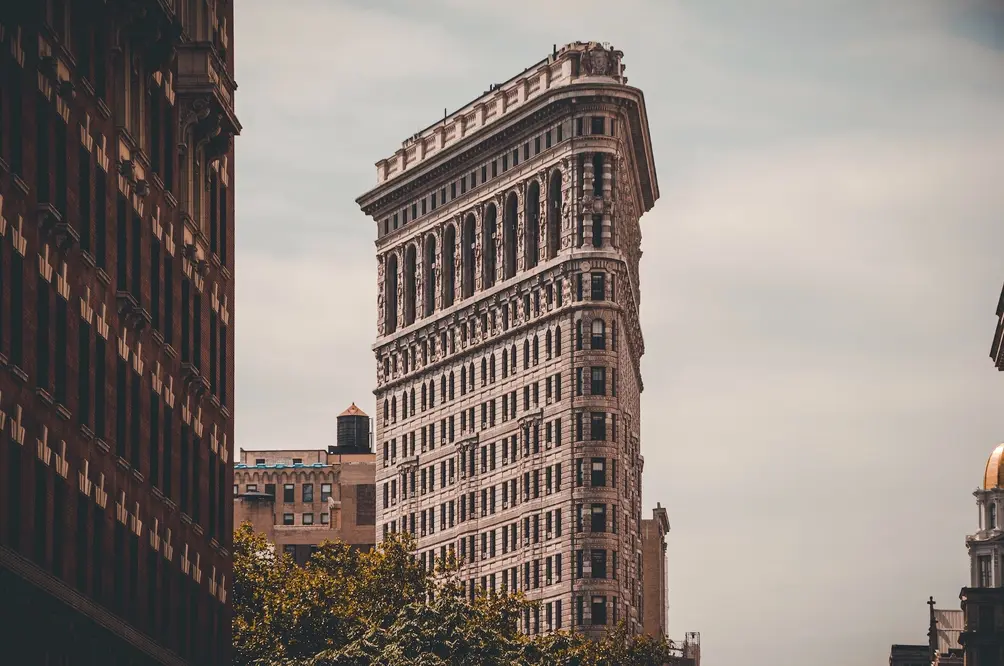 Architectural details (David Becker on Unsplash)
Architectural details (David Becker on Unsplash)
Architect Daniel H. Burnham is best known for his work in Chicago, but made his mark on New York with the Flatiron Building. The tight triangular site motivated him to get creative with the shape. Some were afraid the building would collapse due to the force of the wind; however, it was one of the first buildings to use a steel frame, which has held fast. It is further distinguished by detailed ornamentation and other Beaux Arts influences.
“Although a utilitarian office building, it has inspired literary outpourings of an almost poetic quality” – Landmarks designation report
When the Flatiron Building was complete, it was the tallest building north of the Financial District and the first skyscraper north of 14th Street. The Chrysler Building and Empire State Buildings would eventually outstrip it in terms of height, but nothing would replace it in terms of its distinctive shape, steel frame, and opulent ornamentation. It was designated a New York City Landmark in 1966, added to the National Register of Historic Places in 1979, and designated a National Historic Landmark in 1989.
Present Day
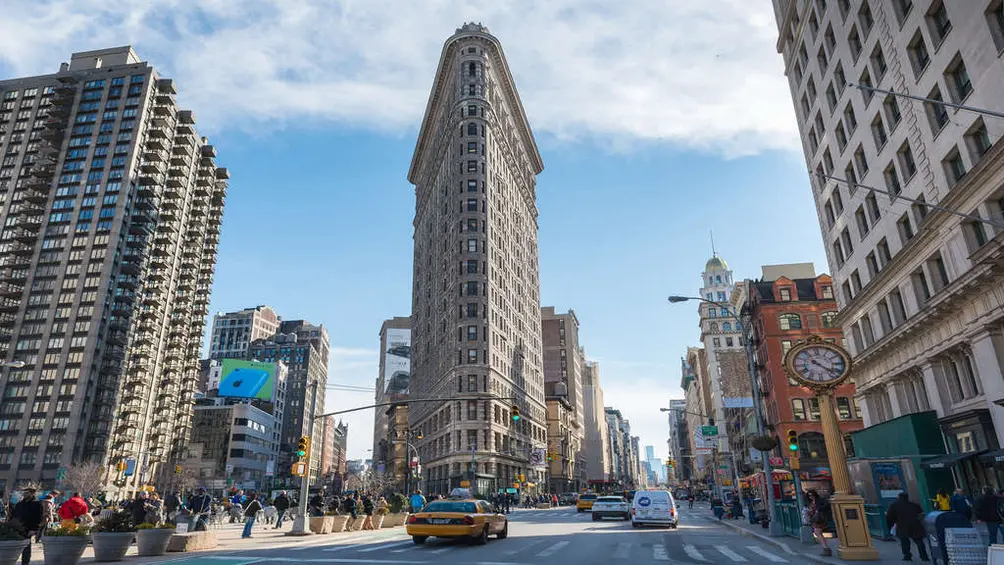 Flatiron Building (CityRealty)
Flatiron Building (CityRealty)
Over the years, the profiles of the Flatiron building and the neighborhood it serves as a namesake for have risen. The building has appeared in a number of films, including Spider-Man, The Usual Suspects, and Godzilla, and millions of Instagram posts. The renovation of Madison Square Park, the opening of Eataly, and the rise of NoMad haven’t hurt matters, either.
Would you like to tour any of these properties?
Just complete the info below.
Or call us at (212) 755-5544
On the stretch of Broadway in front of the building, the Flatiron Plaza is closed to car traffic and offers tables and chairs, seasonal plantings, food kiosks, and free Wi-Fi. More recently, construction kicked off on a new phase of the “Broadway Vision” plan that will bring two new plazas, a two-way bike lane from West 25th to 32nd Streets, and permanent capital improvements along Broadway from West 21st to West 33rd Streets.
Such features make the Flatiron Building appealing to people all over New York, and indeed the world, and the area has emerged as a residential destination as well. The office buildings were prime candidates for loft residence conversions, and new construction has taken shape.
Such features make the Flatiron Building appealing to people all over New York, and indeed the world, and the area has emerged as a residential destination as well. The office buildings were prime candidates for loft residence conversions, and new construction has taken shape.
The plan for the Flatiron Building stands as the latest high-profile example of adaptive reuse in New York City. Another notable one was The Refinery at Domino, the conversion of the 19th-century sugar refinery into a net-zero carbon office space. While the original structure was restored to its original glory, the interiors were demolished so that a steel and glass office could go up inside it. As Vishaan Chakrabarti, founder and creative director of project architect PAU, says, the result is “a contemporary dialogue with history that most new commercial projects lack.”
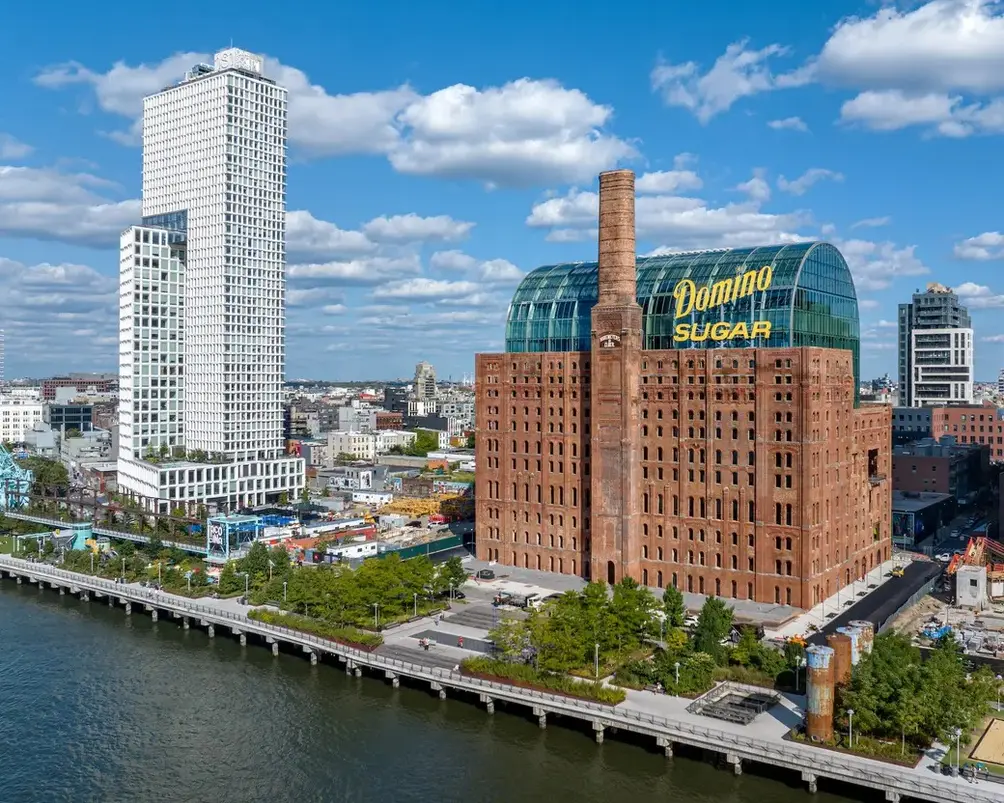 The Refinery at Domino (Max Touhey)
The Refinery at Domino (Max Touhey)
Preservationists appreciate adaptive reuse because it leaves historic structures intact while creating new and modern uses for them. Environmental advocates have also come out in favor of it – as old buildings do not have to be demolished and the existing materials can be incorporated into the latest incarnation, adaptive reuse creates less debris and requires fewer materials than new construction.
However, the process is not without its challenges or without high costs. Any exterior alteration of the Flatiron Building's exterior cannot take place without the blessing of the Landmarks Preservation Commission, nor can any individual landmark or property located in a historic district. And even if adaptive reuse is able to take place as of right, restoring and working around original architectural details is an incredibly exacting process, far more involved than starting over from scratch.
However, the process is not without its challenges or without high costs. Any exterior alteration of the Flatiron Building's exterior cannot take place without the blessing of the Landmarks Preservation Commission, nor can any individual landmark or property located in a historic district. And even if adaptive reuse is able to take place as of right, restoring and working around original architectural details is an incredibly exacting process, far more involved than starting over from scratch.
University Mews, #101 (Avenue 8 Inc)
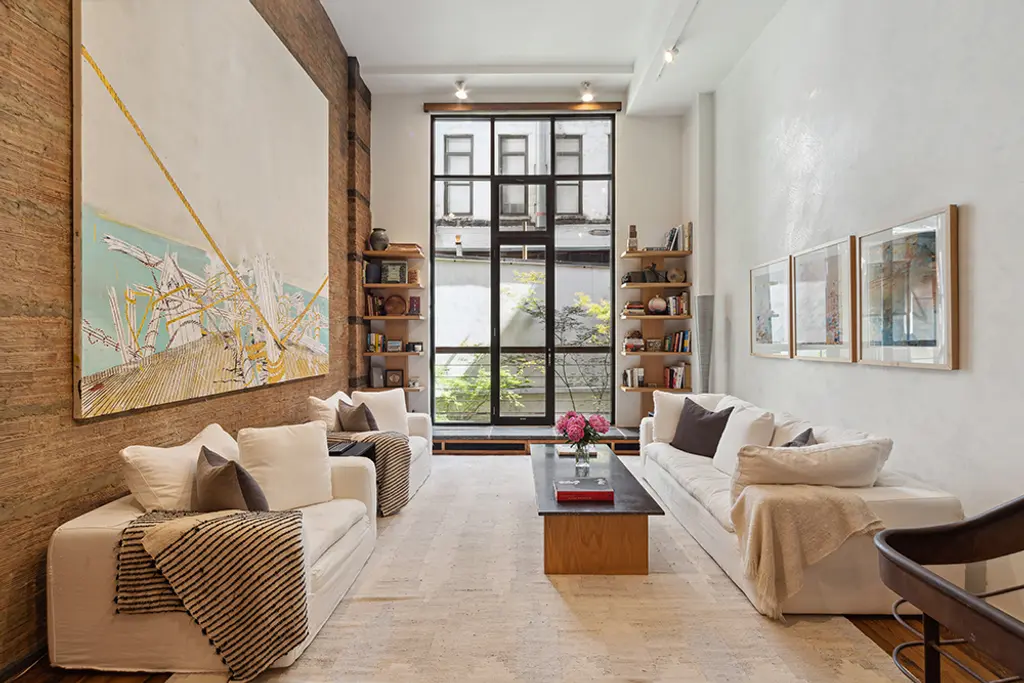
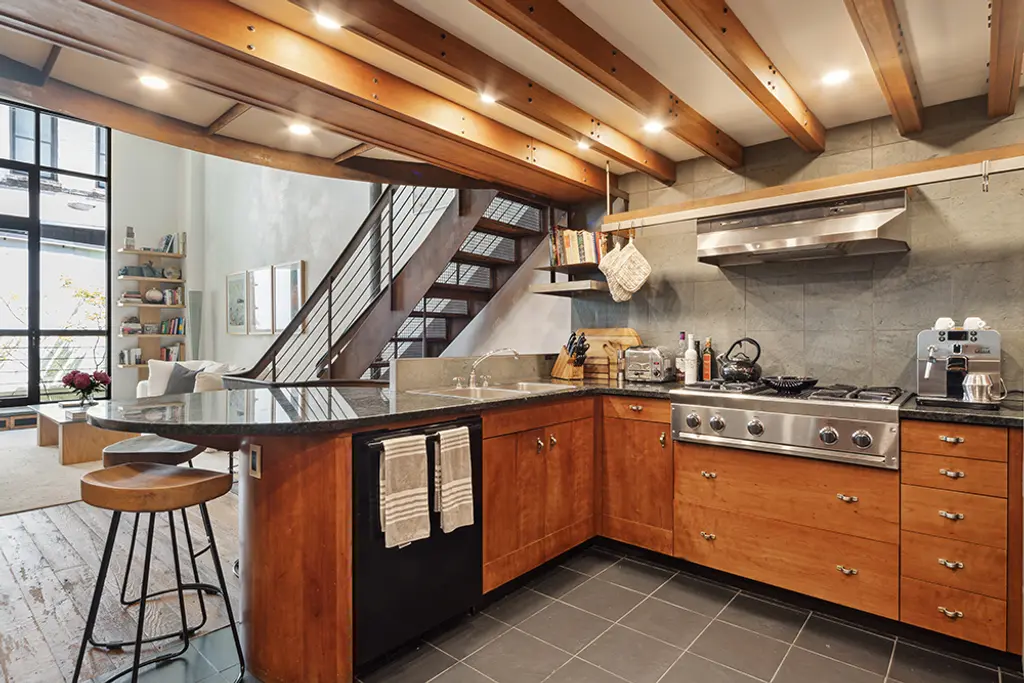
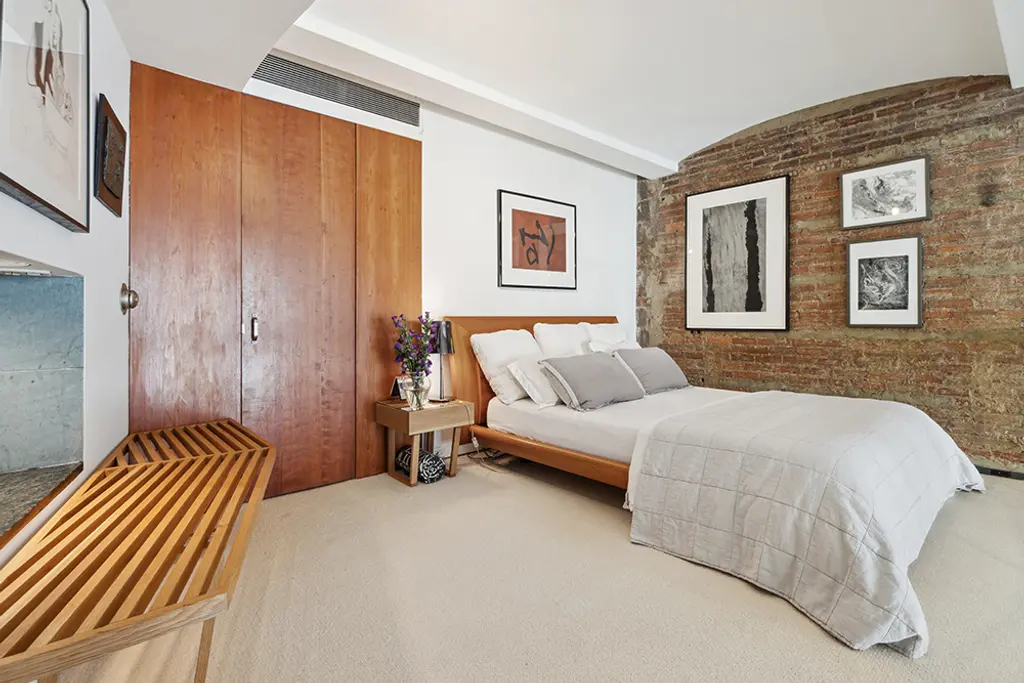
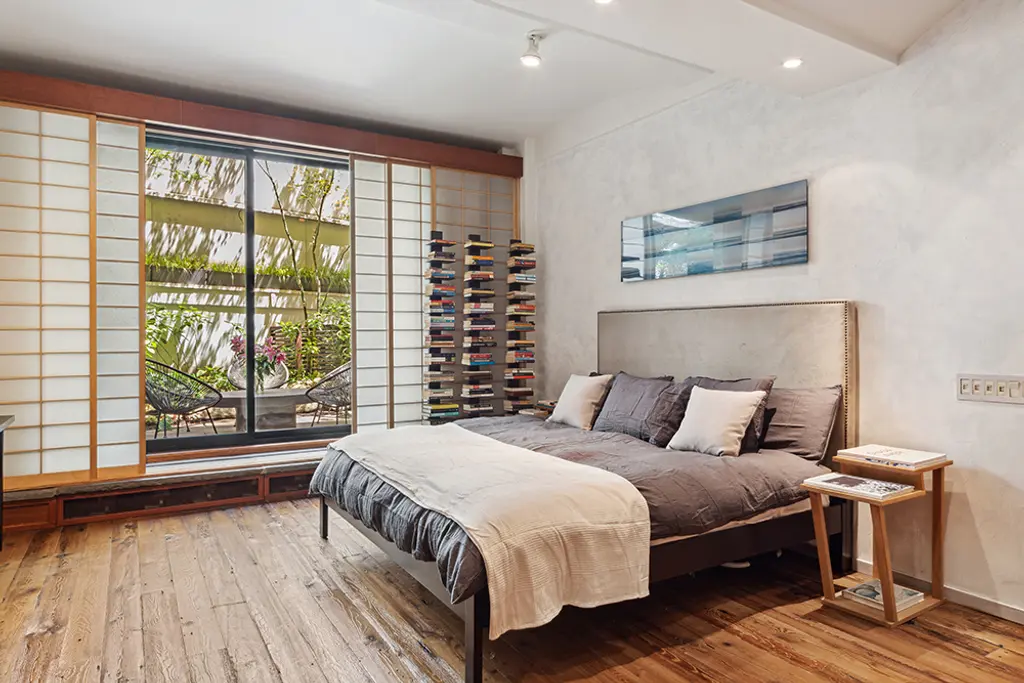
242 East 7th Street, #PH (Douglas Elliman Real Estate)
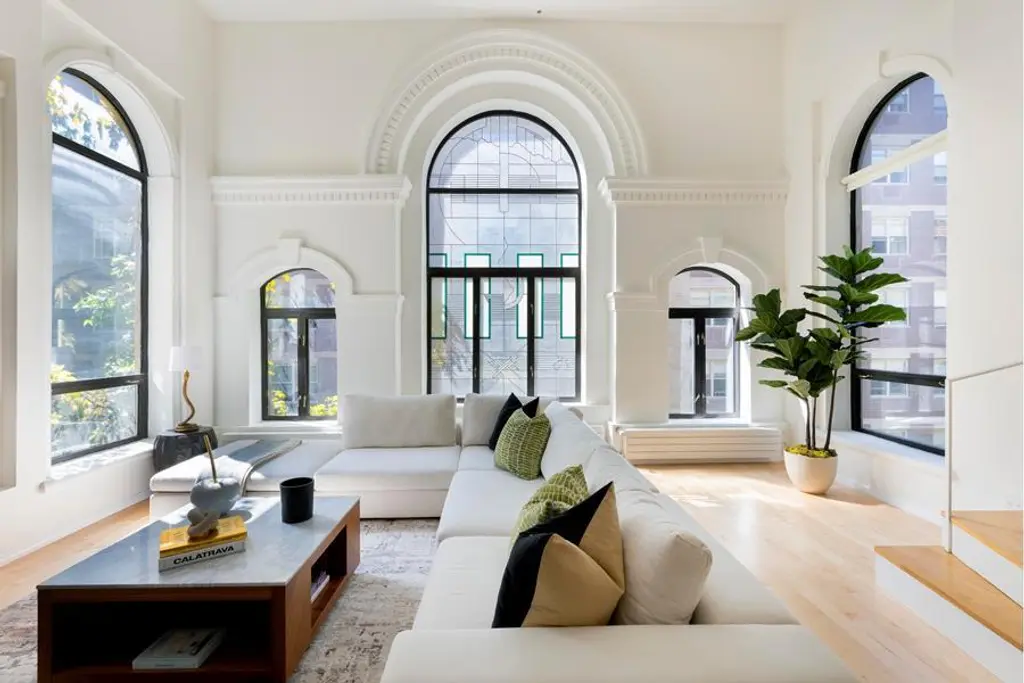
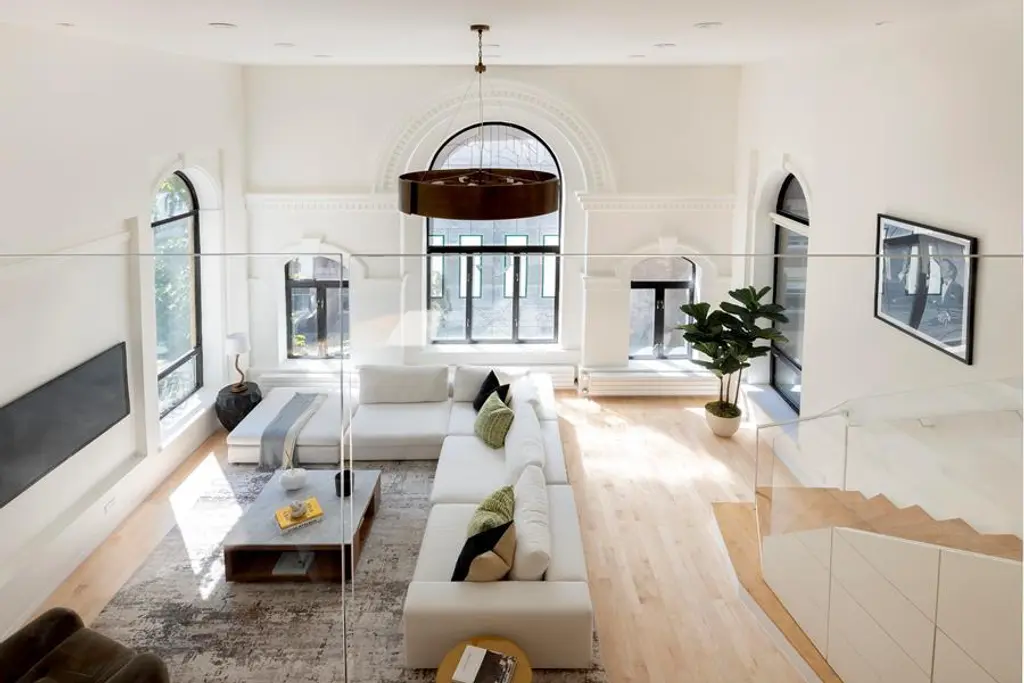
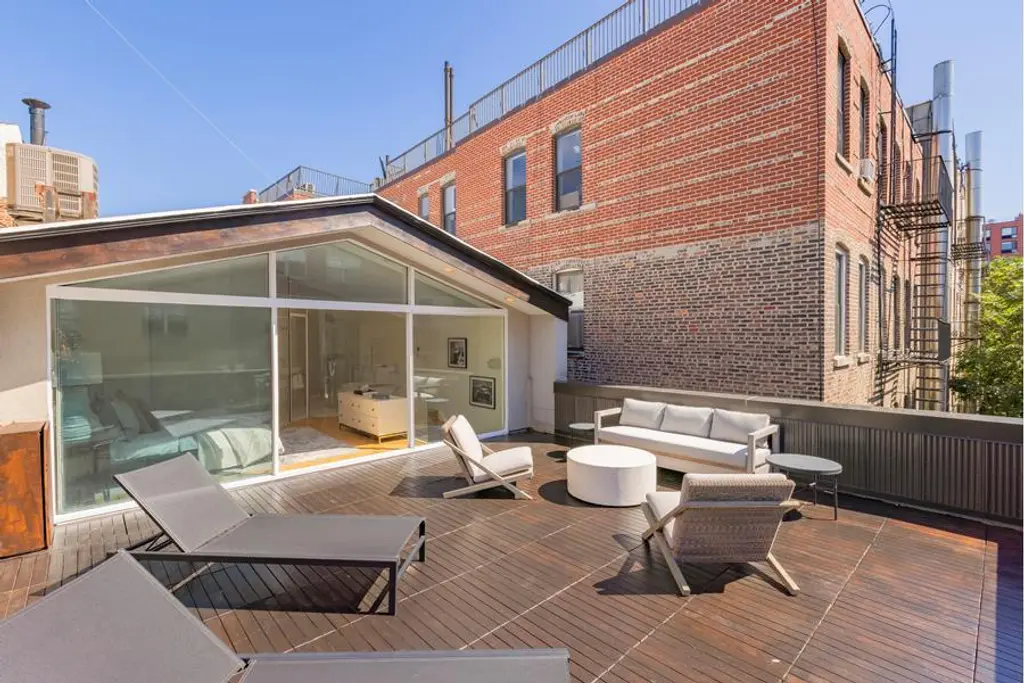
The Sugar Warehouse, #3D
$4,500,000 (-5.3%)
Tribeca | Condominium | 3 Bedrooms, 3.5 Baths | 2,743 ft2
The Sugar Warehouse, #3D (Corcoran Group)
168 Plymouth, #THC (Sothebys International Realty)
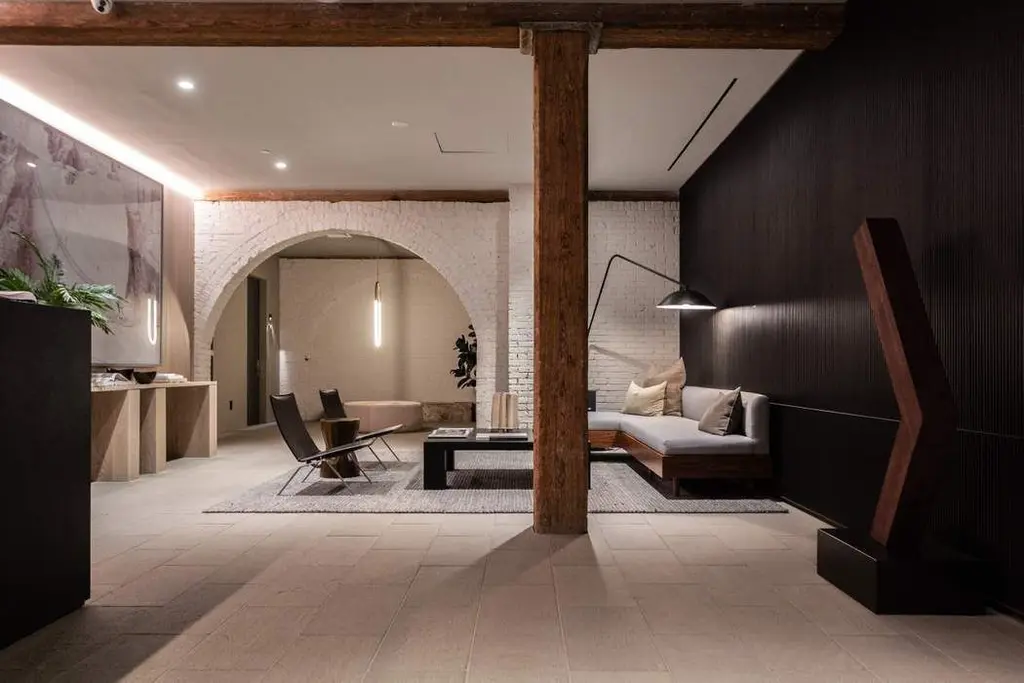
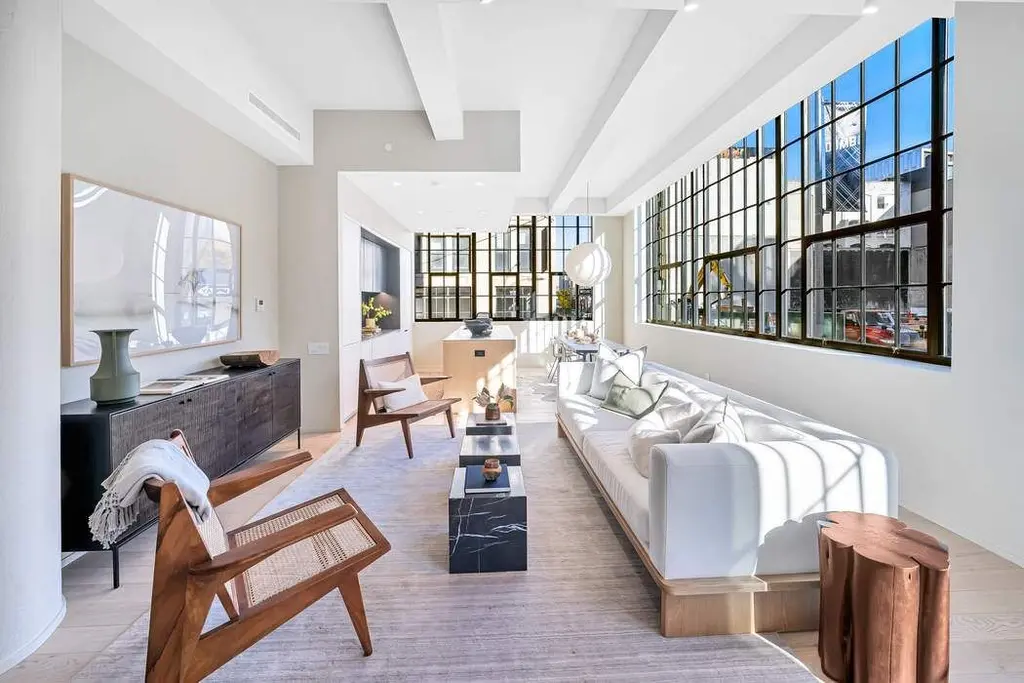
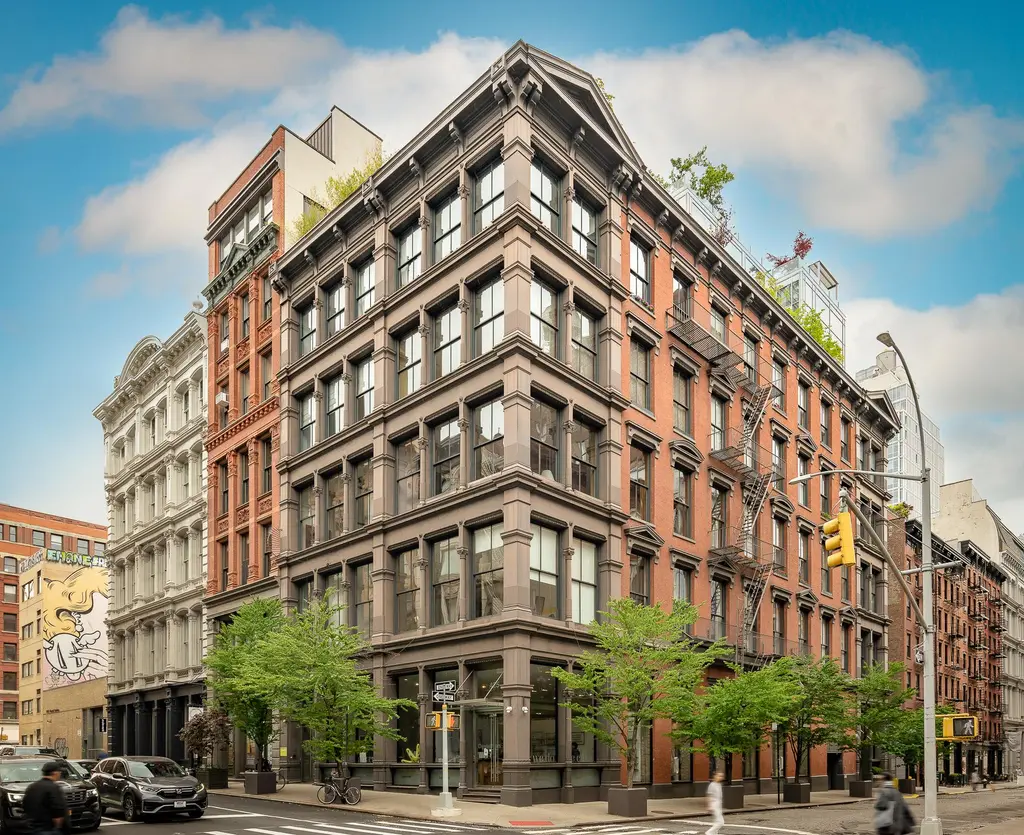
425 Broome Street, #3N (Douglas Elliman Real Estate)
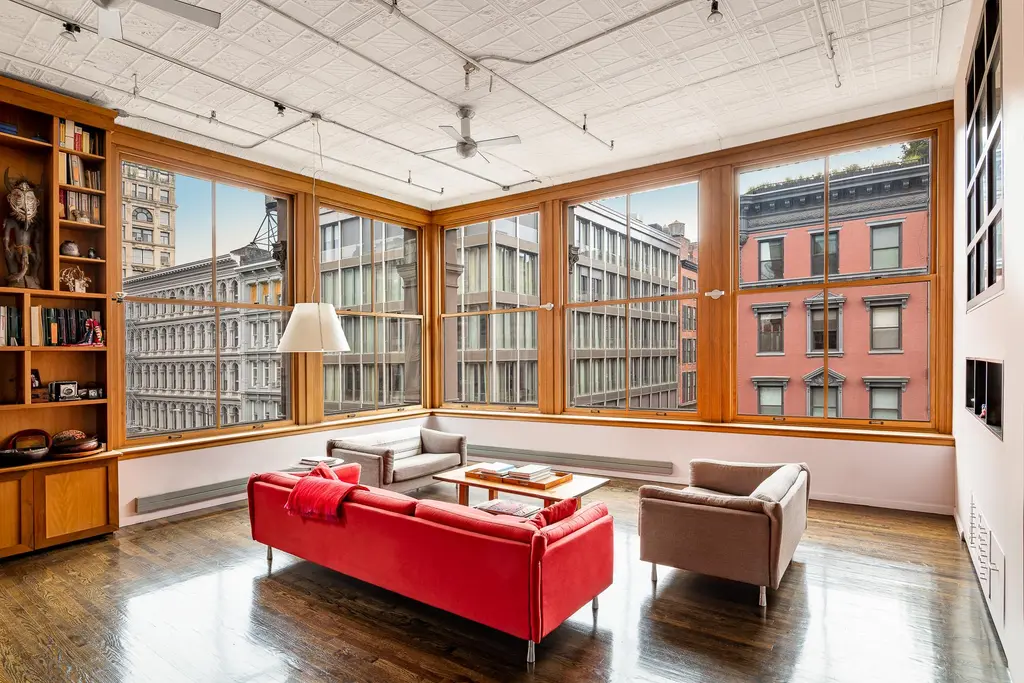
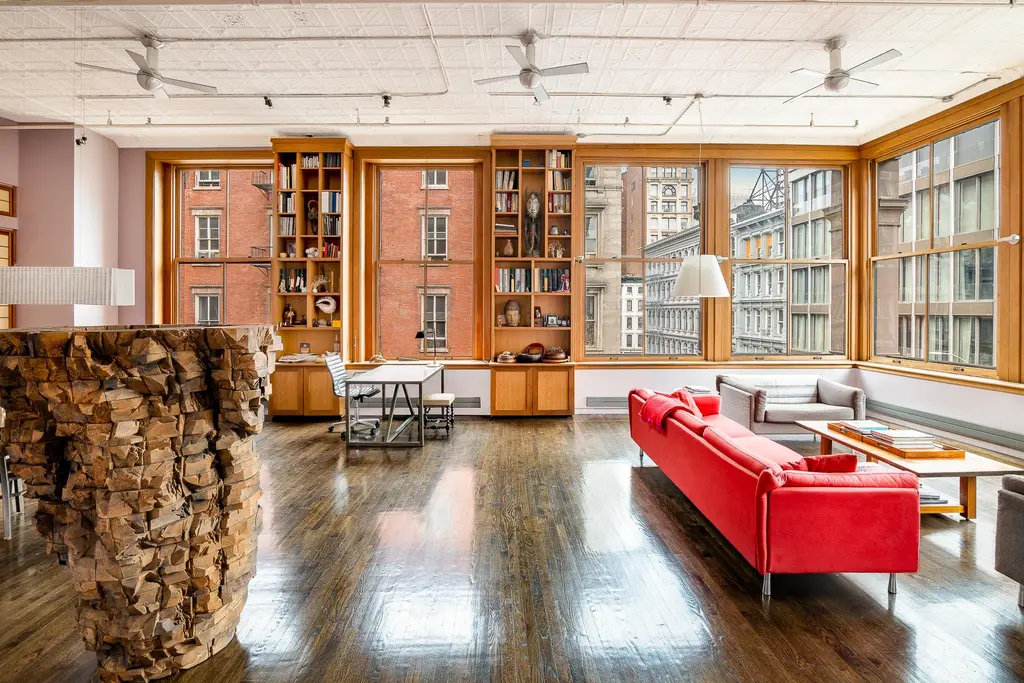
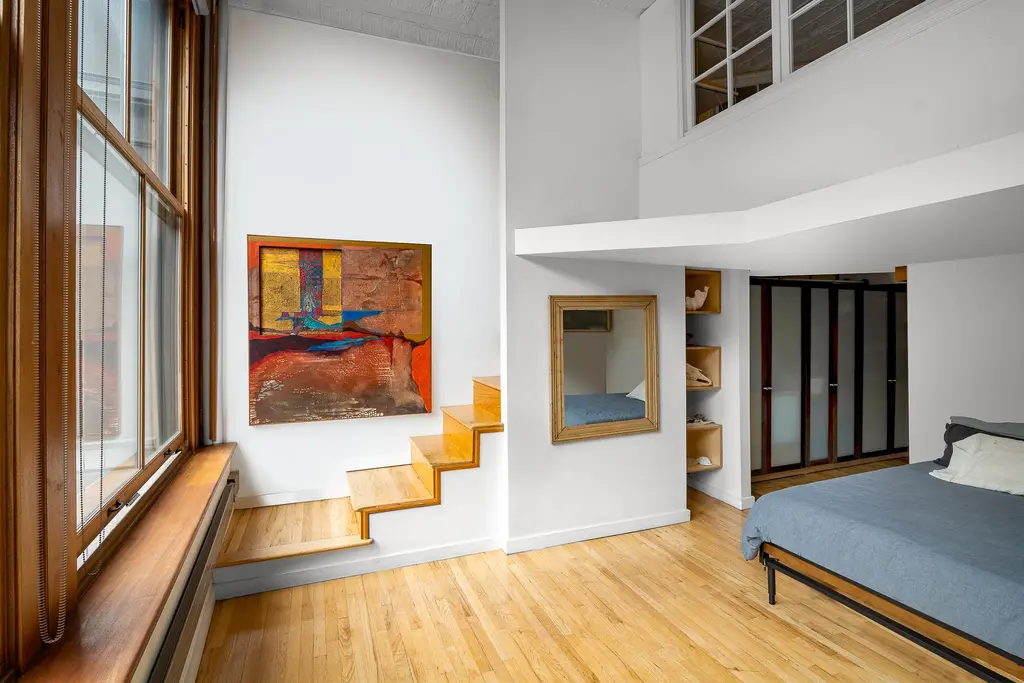
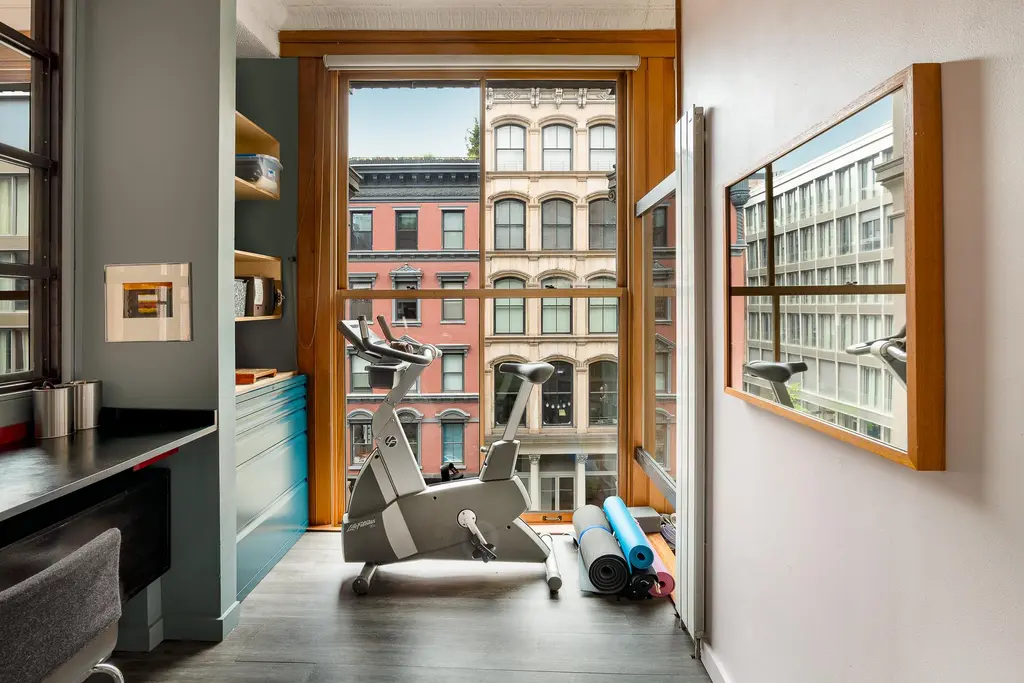
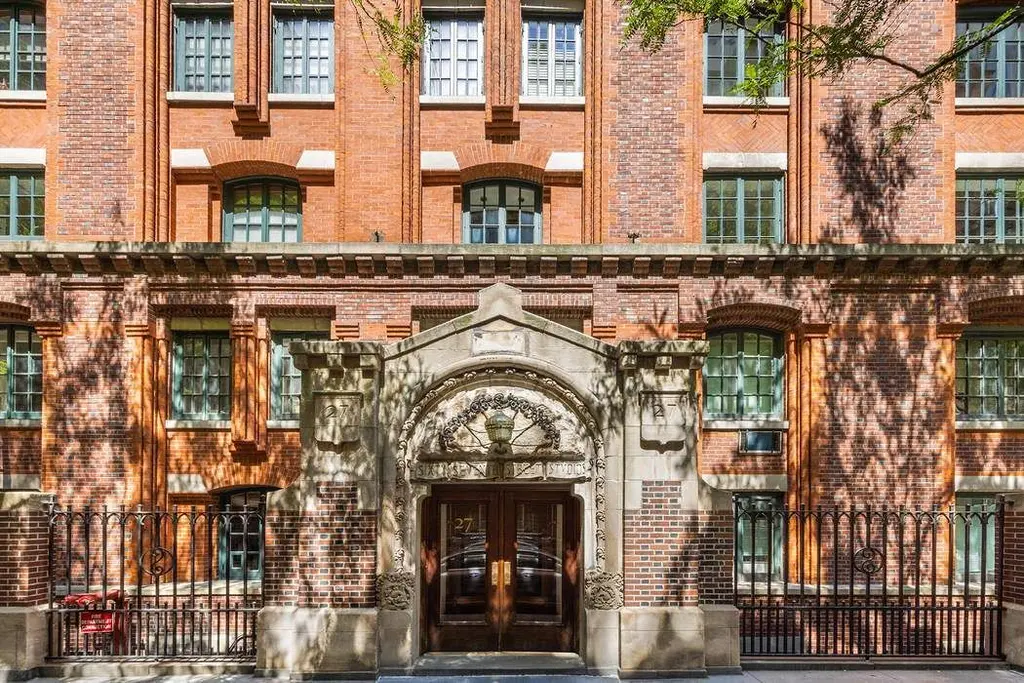
27 West 67th Street, #1FW (Sothebys International Realty)
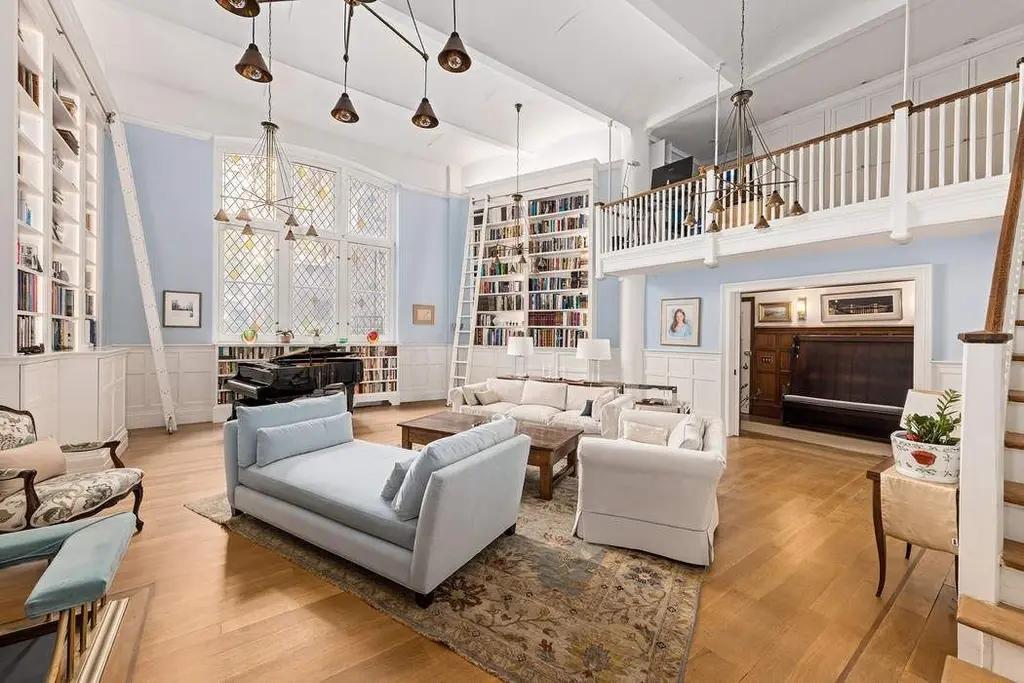
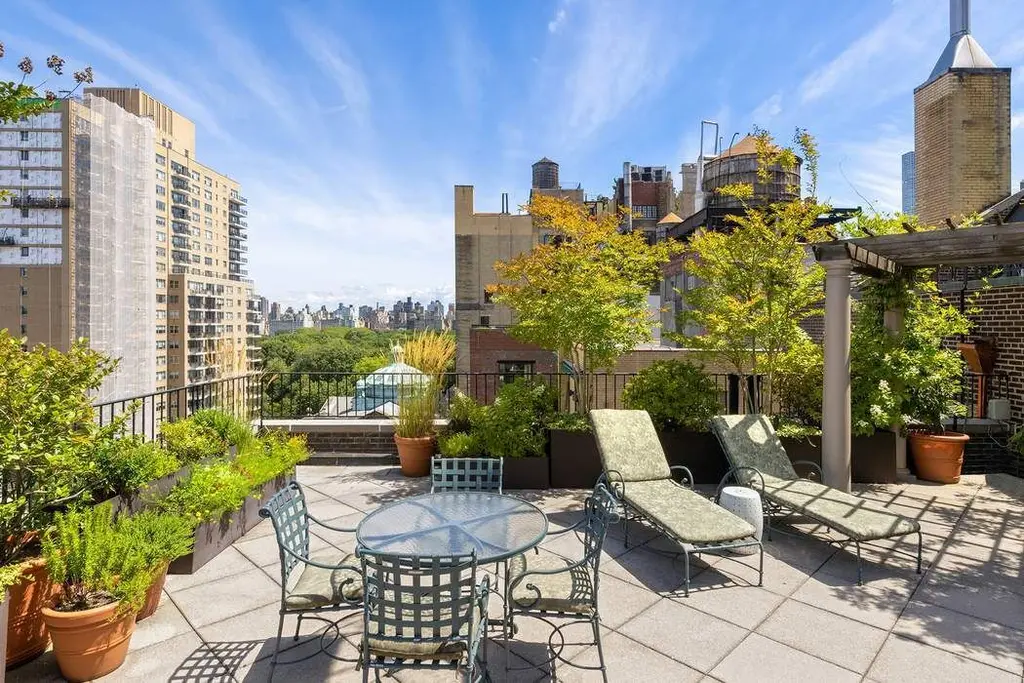
The Police Building, #6N
$3,700,000
NoLiTa/Little Italy | Cooperative | 1 Bedroom, 1 Bath | 1,770 ft2
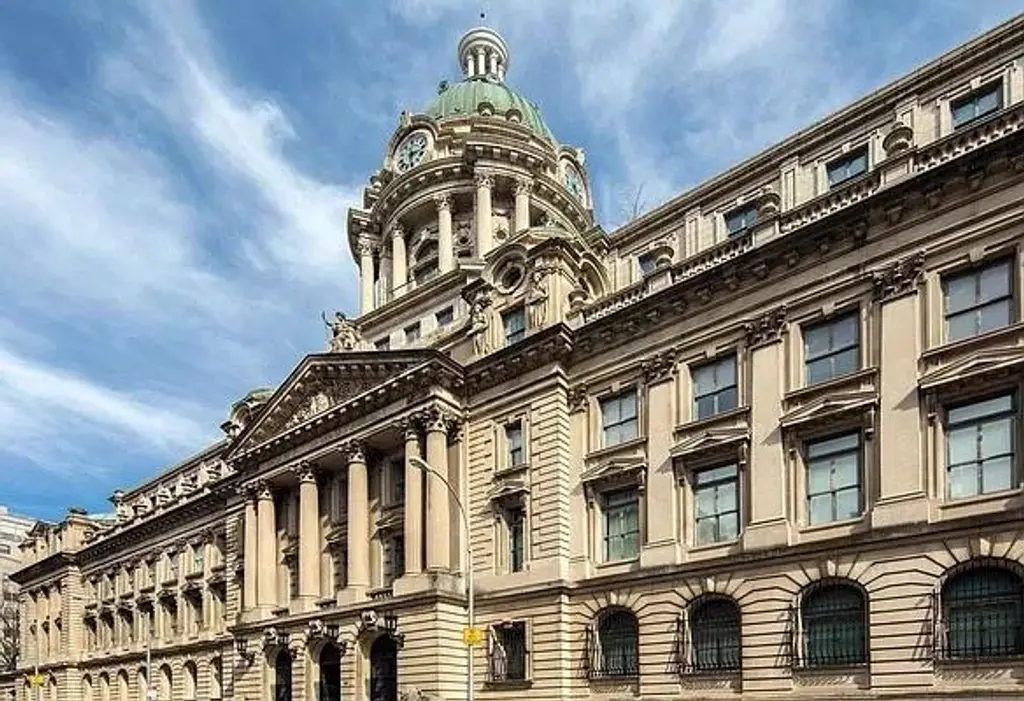
The Police Building, #6N (Douglas Elliman Real Estate)
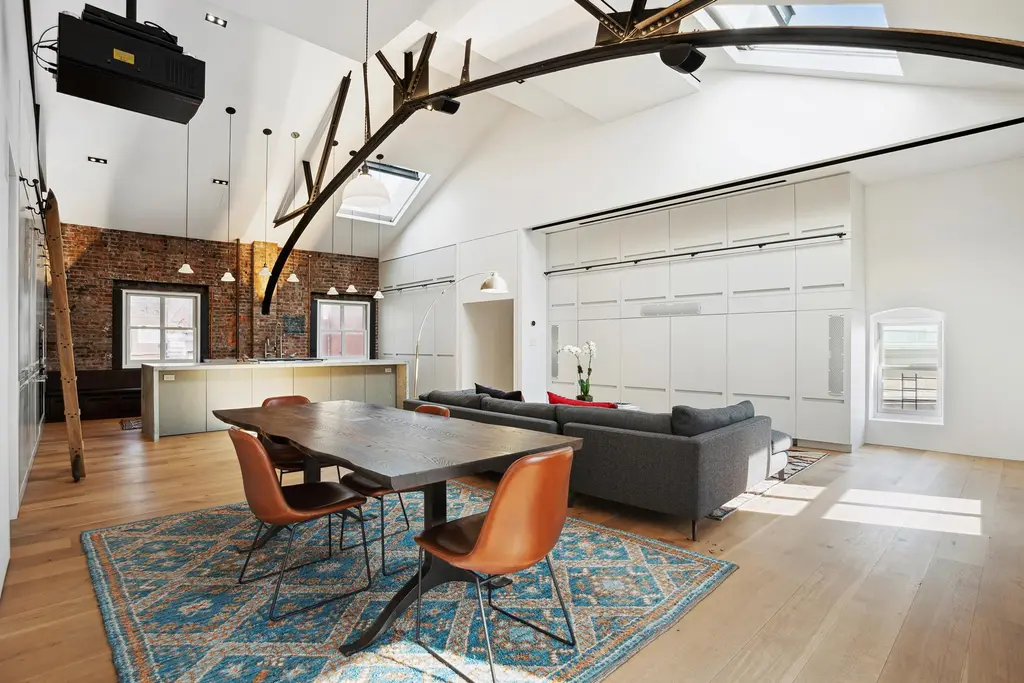
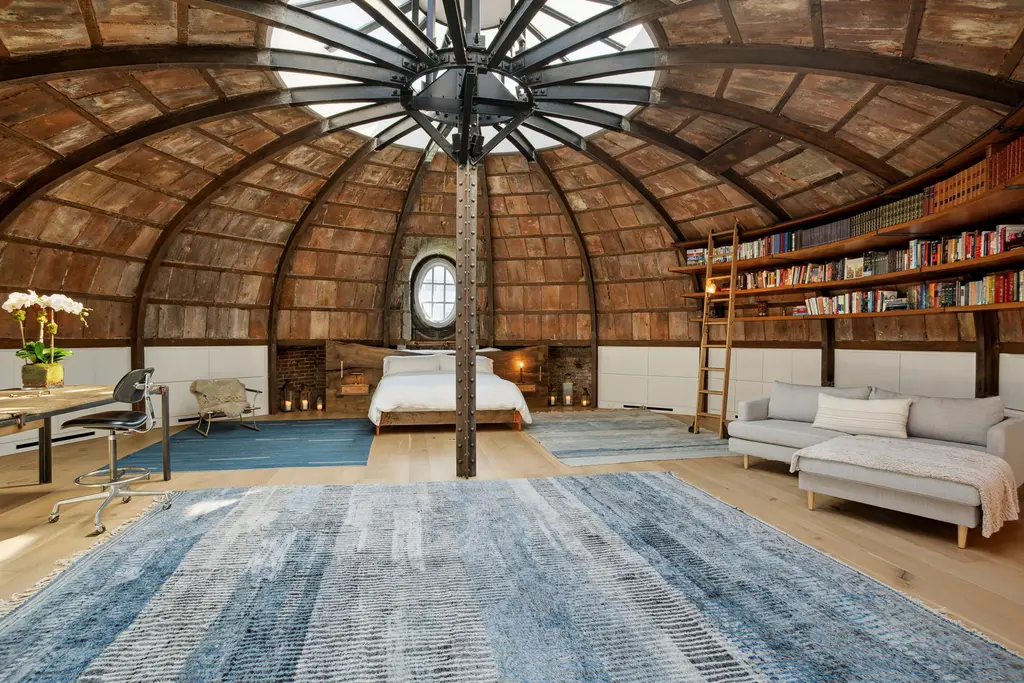
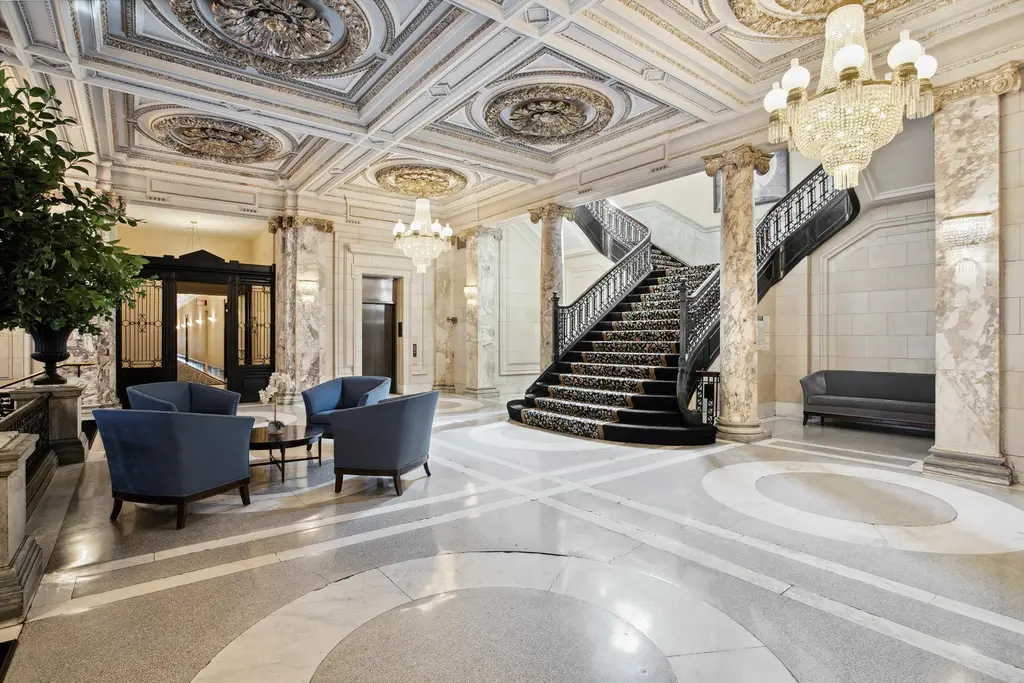
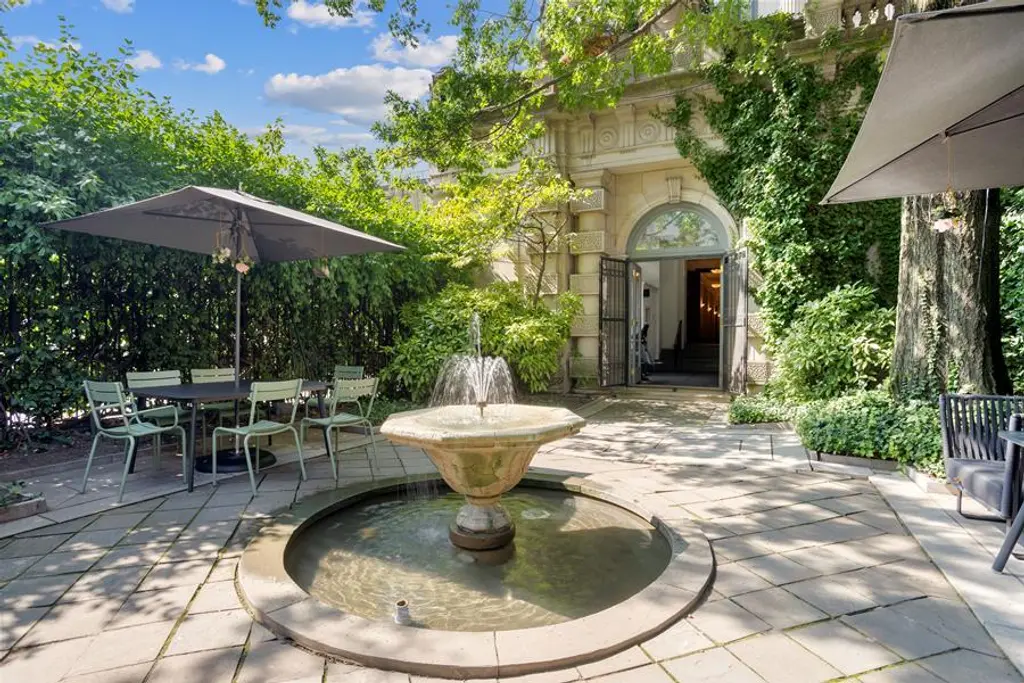
18 East 18th Street, #4E (Compass)
Spice Warehouse, #3N (Brown Harris Stevens Residential Sales LLC)
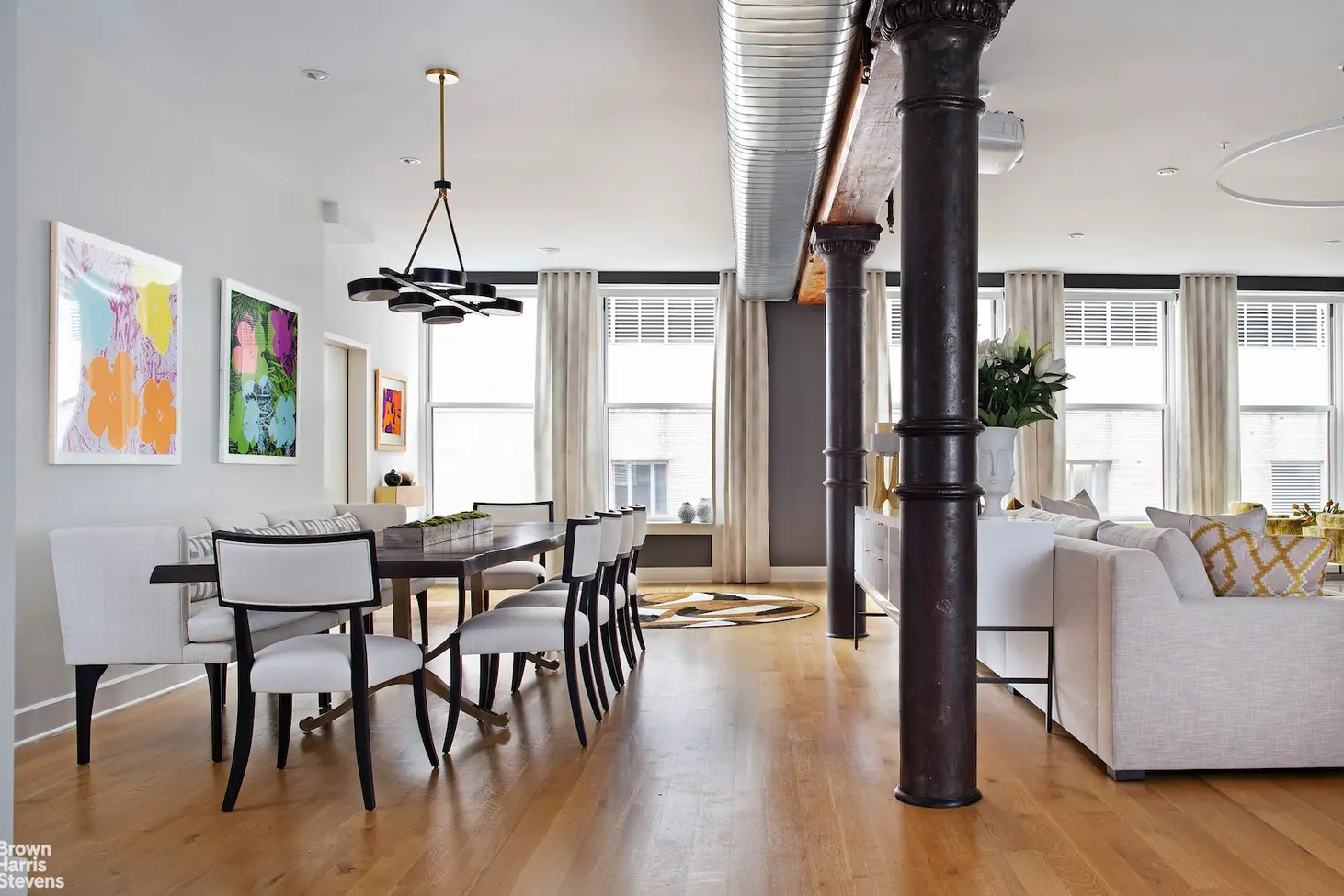


26 East 22nd Street, #23
$6,375,000
Flatiron/Union Square | Cooperative | 4 Bedrooms, 2.5 Baths | 4,500 ft2
26 East 22nd Street, #23 (Corcoran Group)
45 Walker Street, #2 (Compass)
Residences at Prince, #2A
$8,995,000 (-9.1%)
NoLiTa/Little Italy | Condominium | 5 Bedrooms, 4.5 Baths | 3,669 ft2
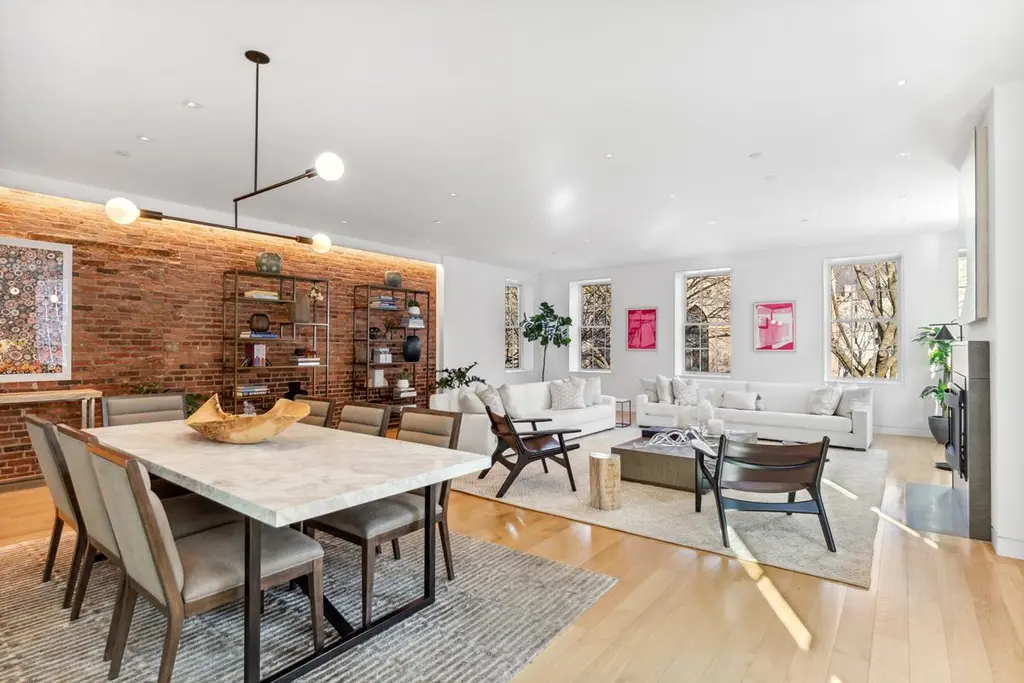
Residences at Prince, #2A (Time Equities Inc)
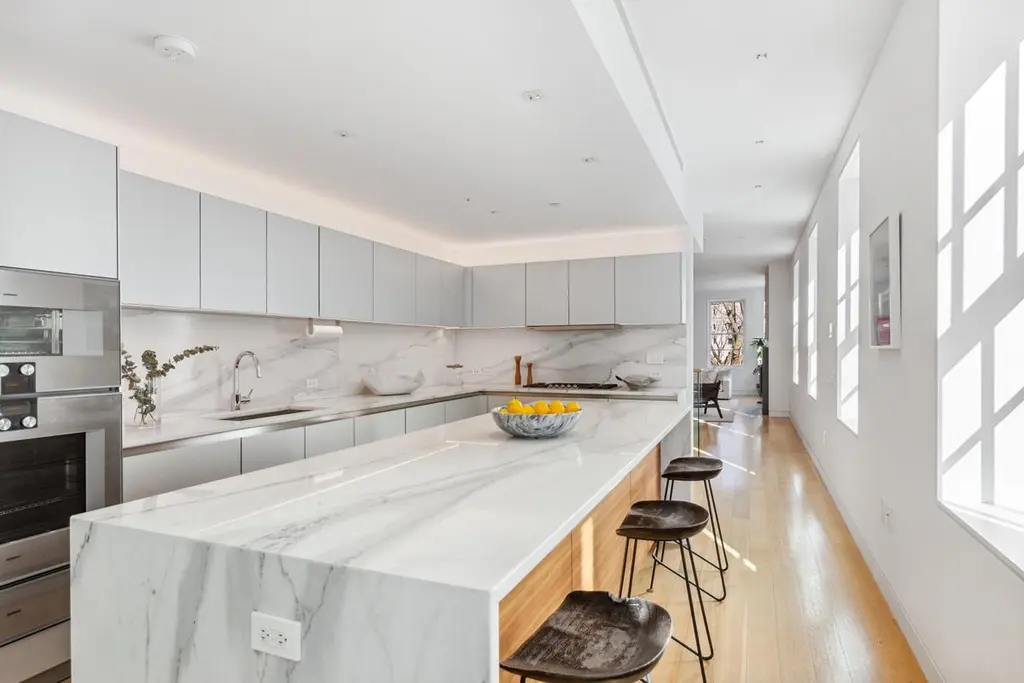
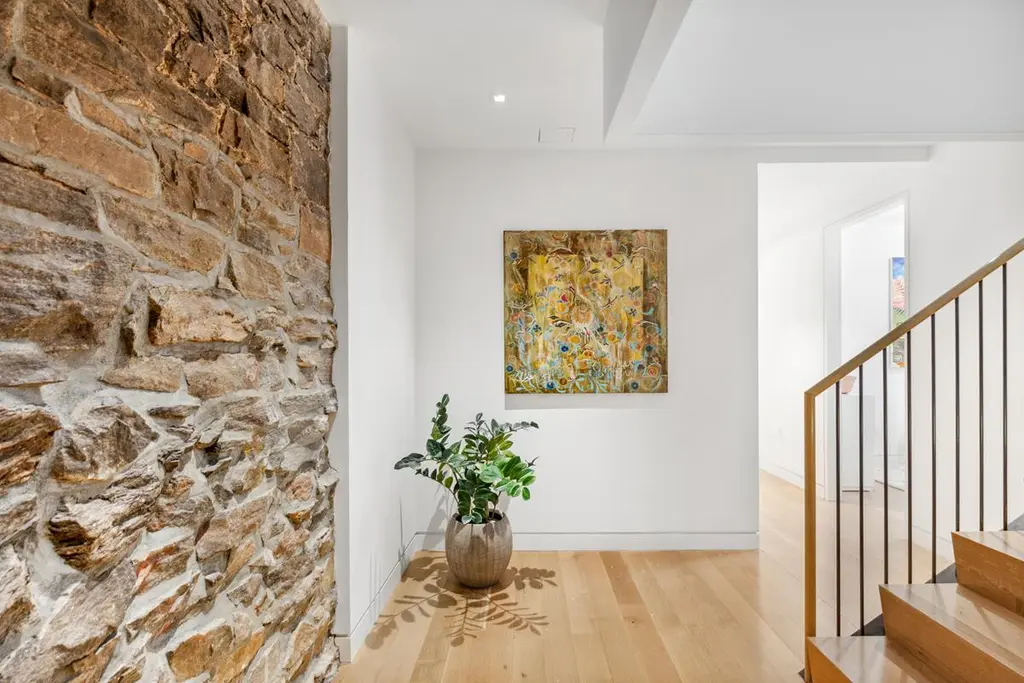

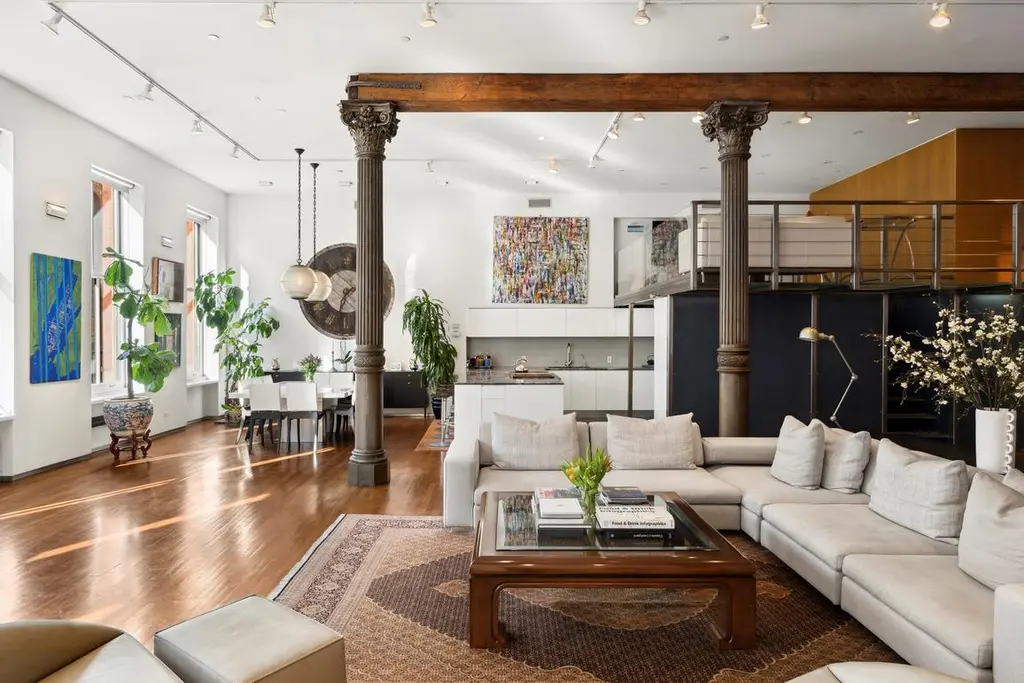
84 Mercer Street, #3 (Douglas Elliman Real Estate)
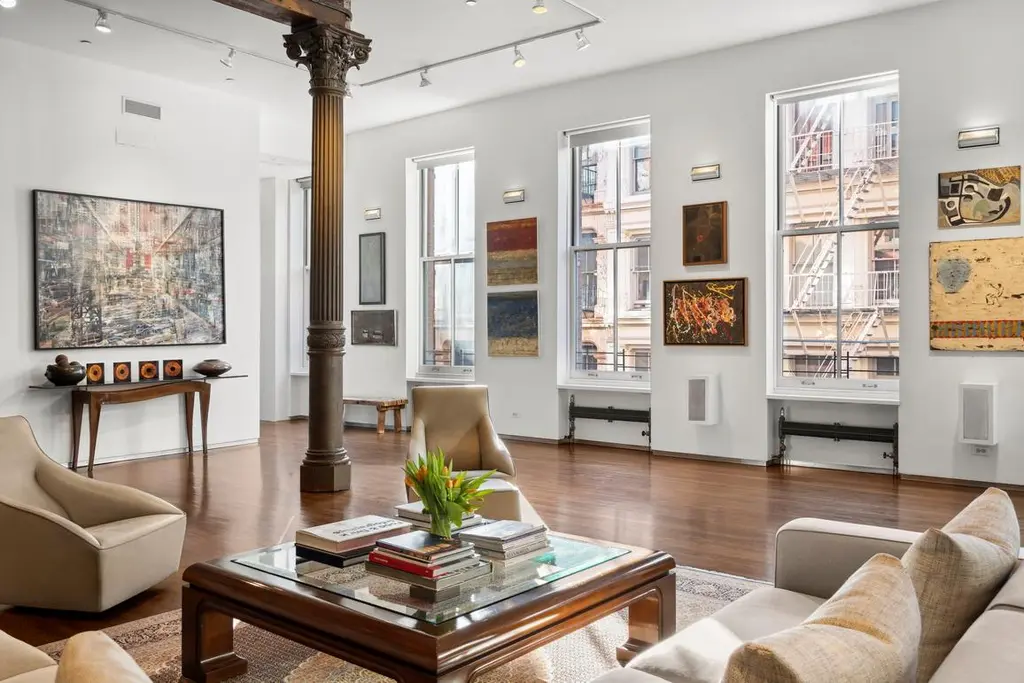
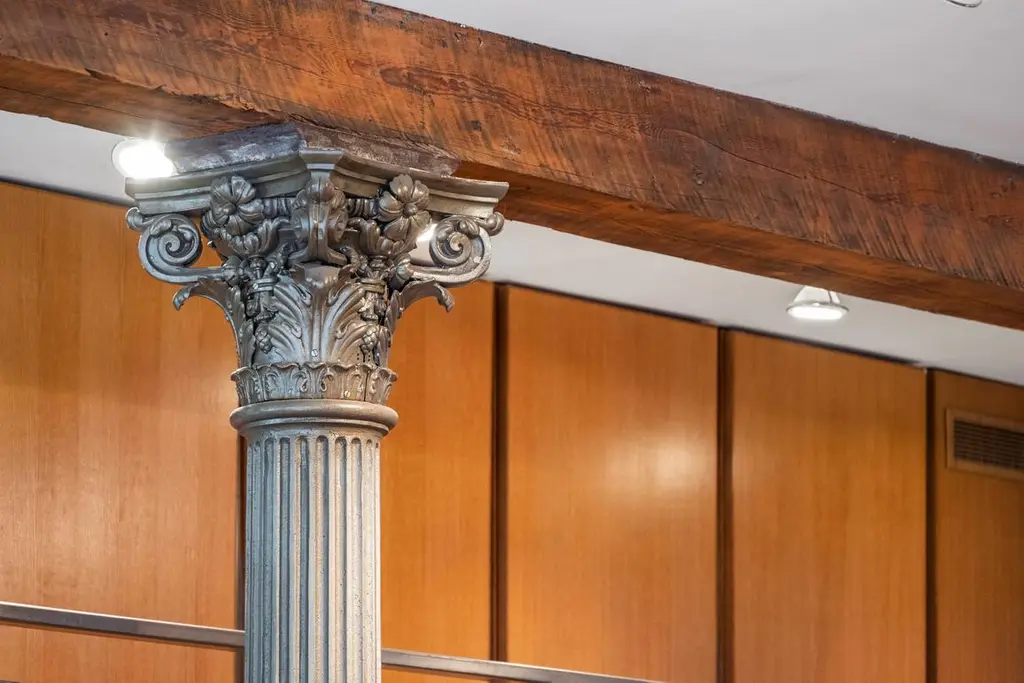
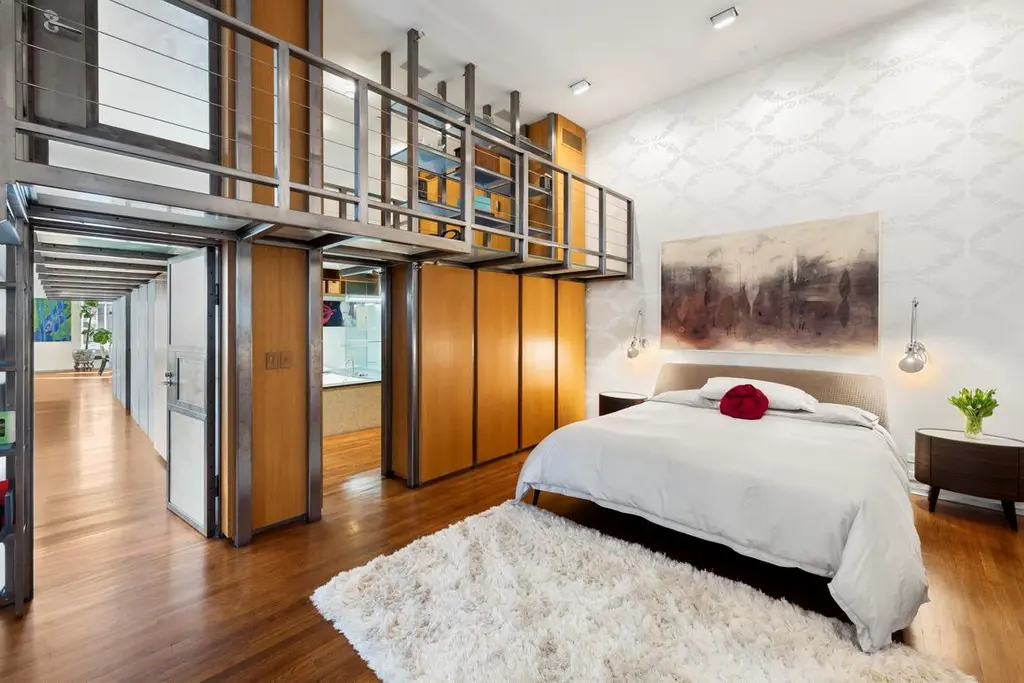
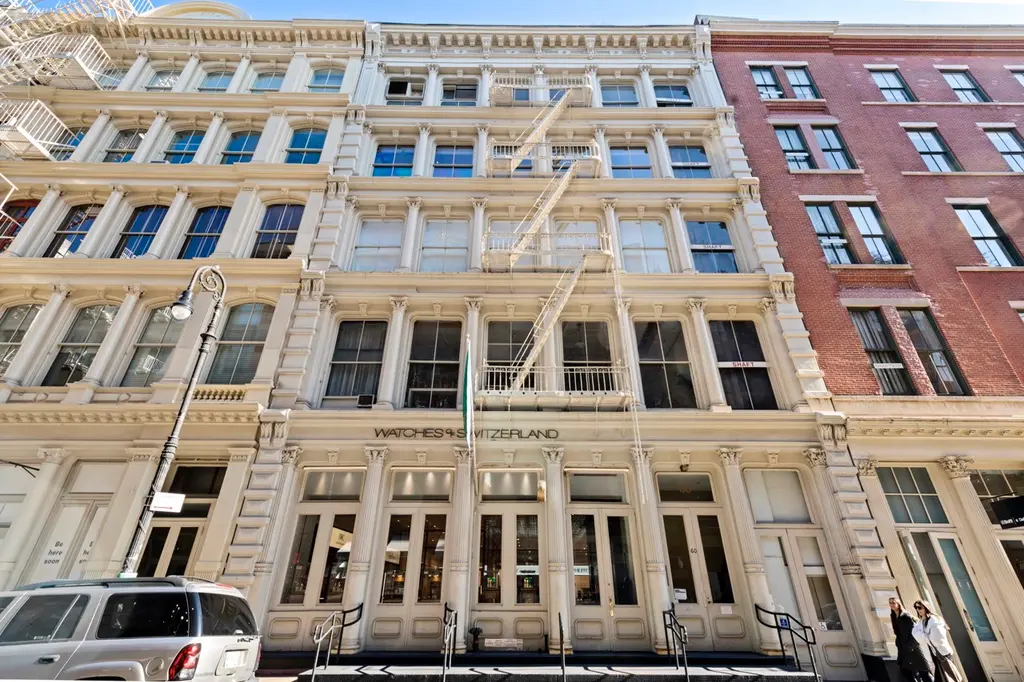
60 Greene Street, #4 (Serhant LLC)
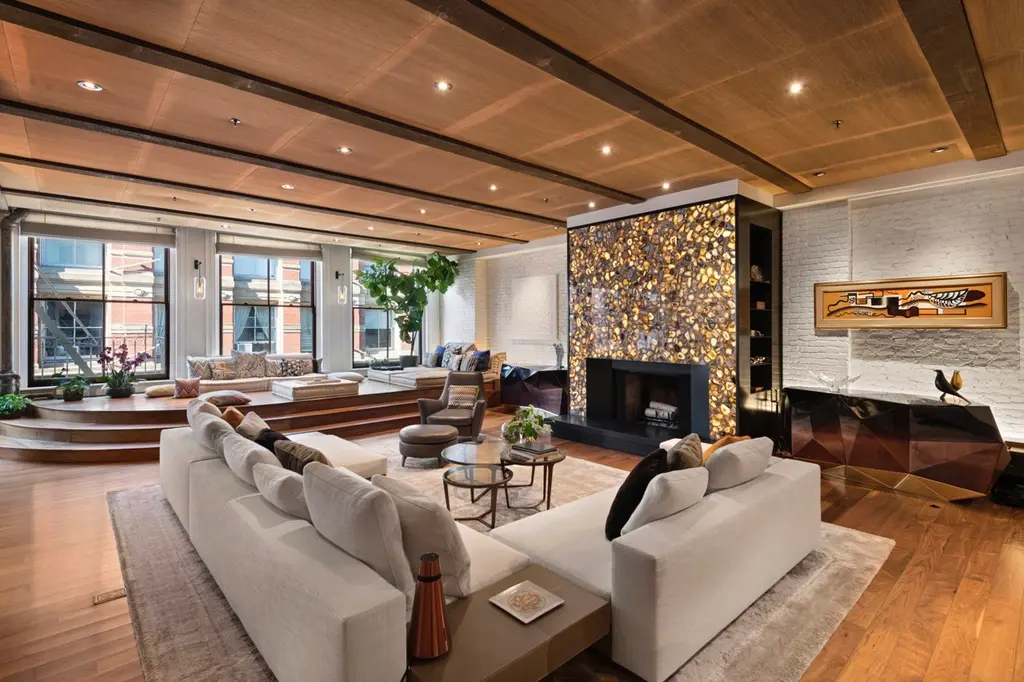
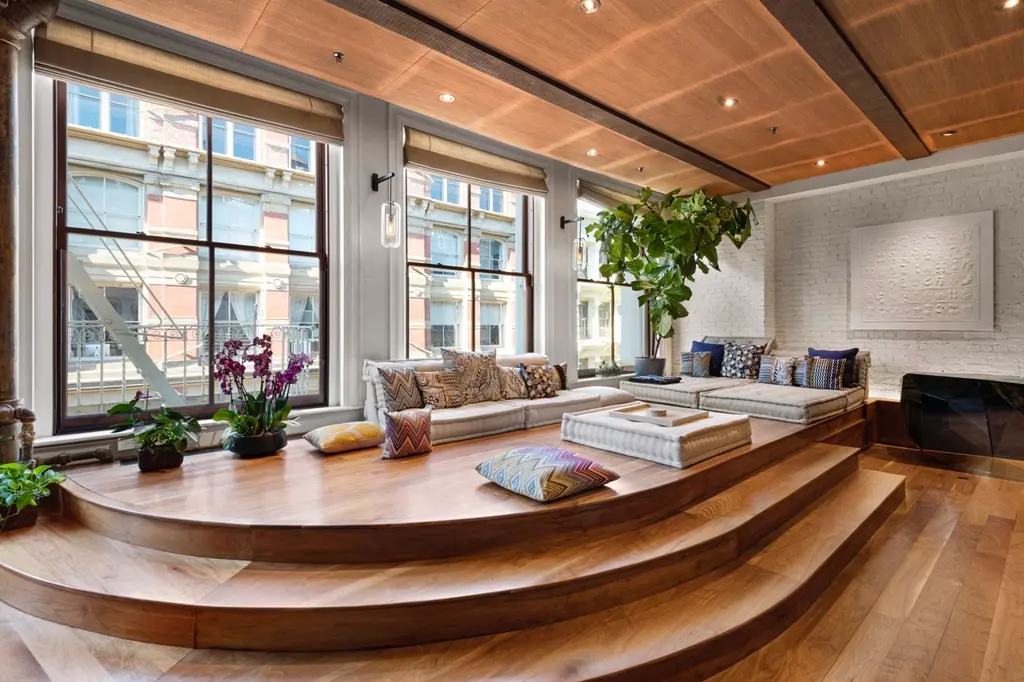
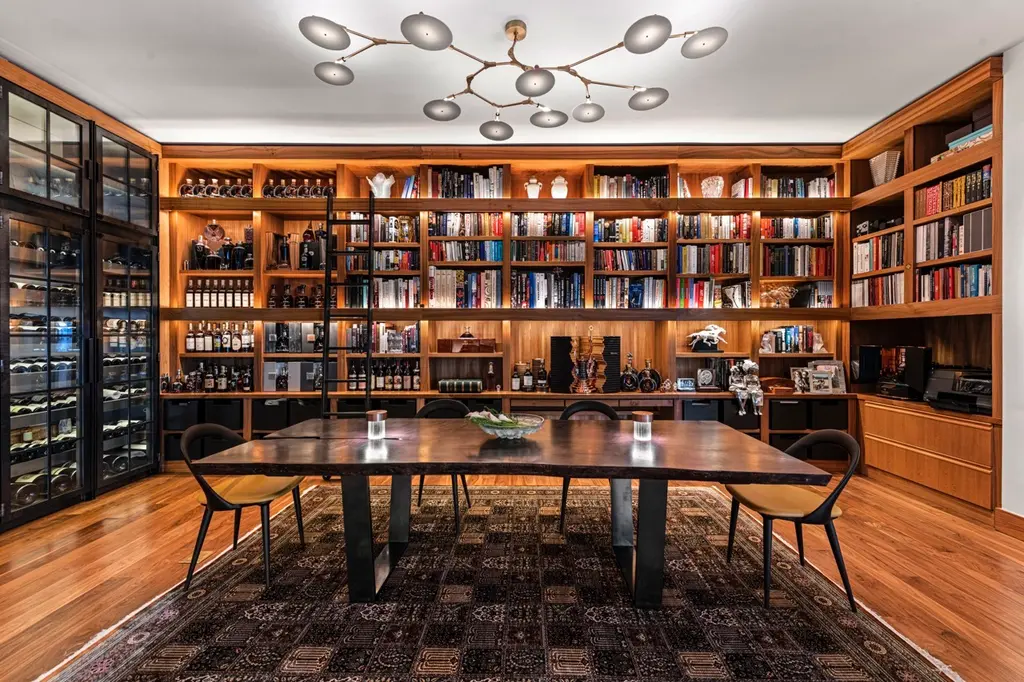
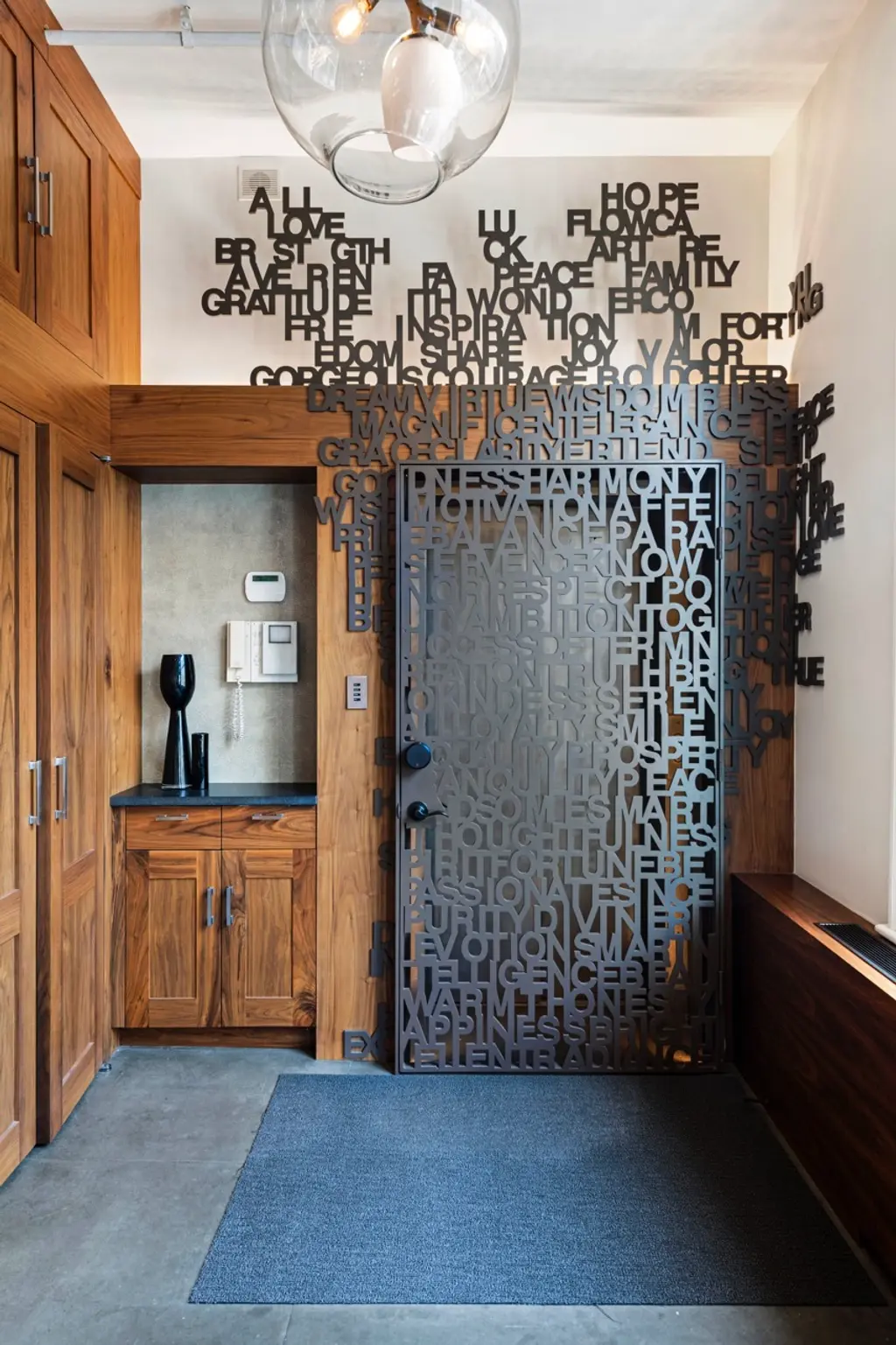
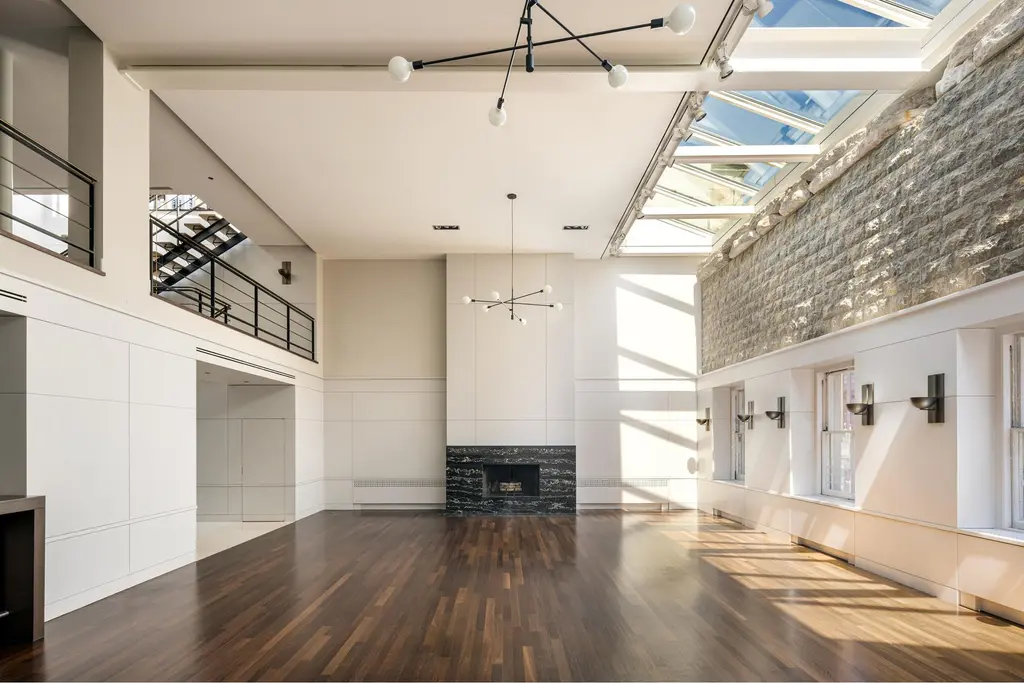
142 Duane Street, #PH1 (Douglas Elliman Real Estate)
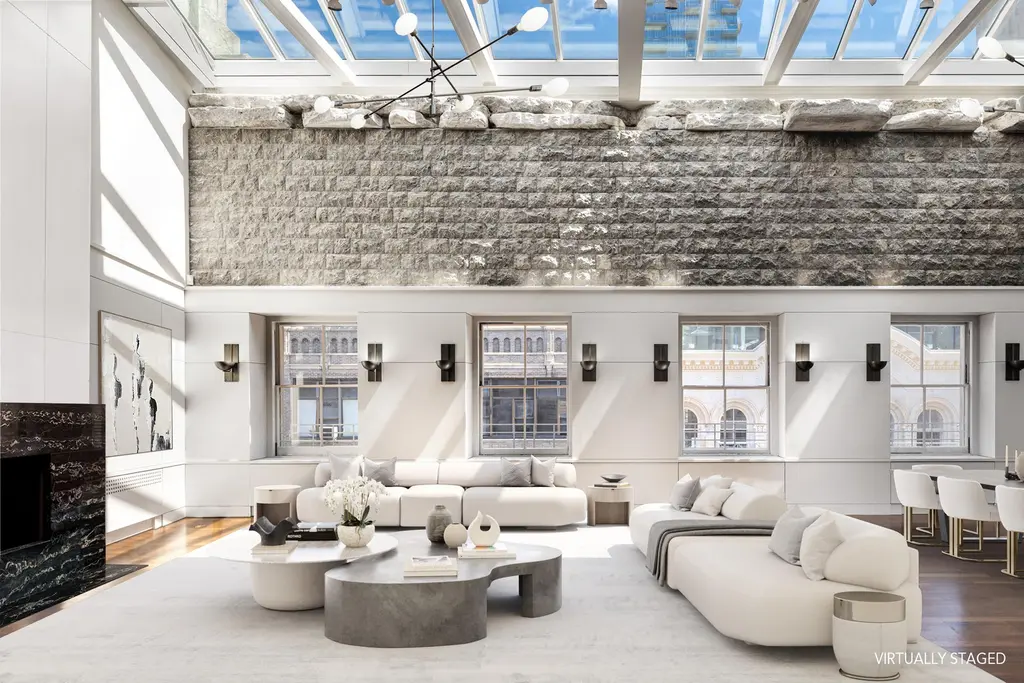
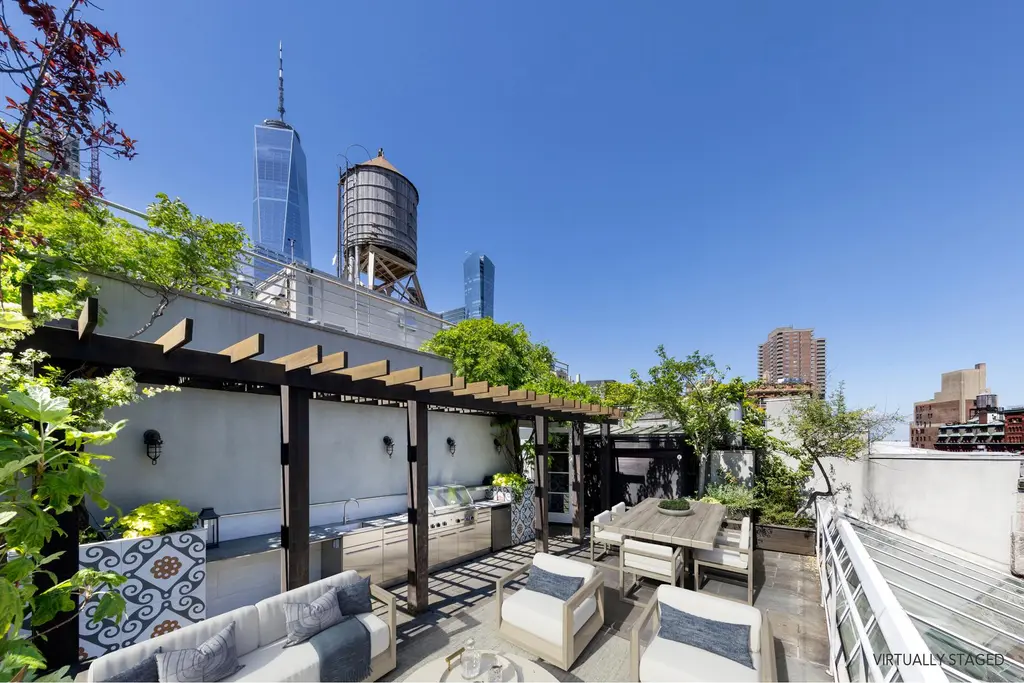

42 Wooster Street, #3SO (Sothebys International Realty)
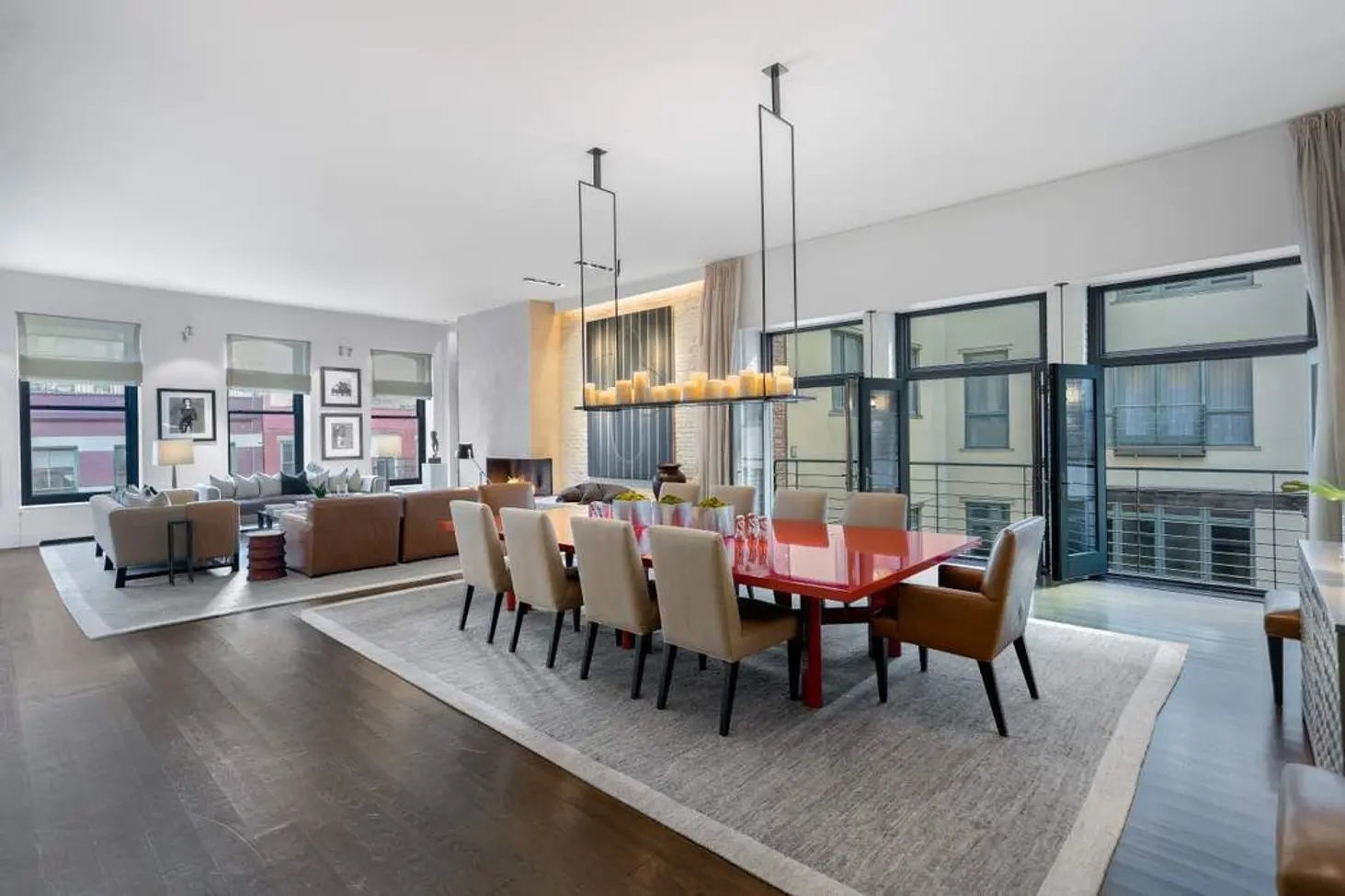
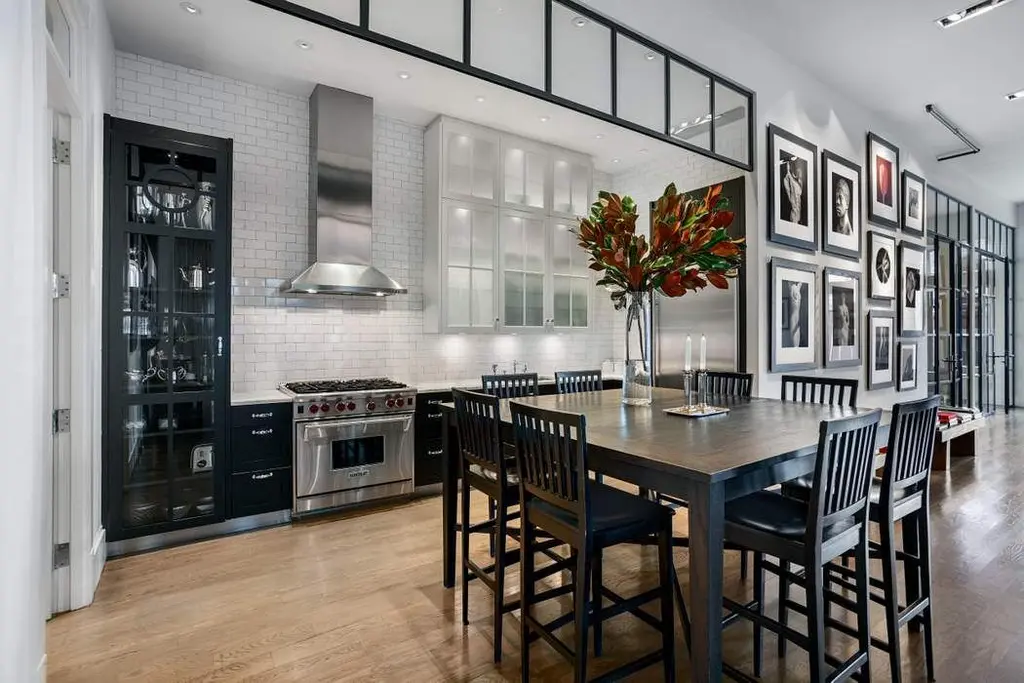

47 Mercer Street, #2 (Compass)
49 Greene Street, #LOFT2 (Corcoran Group)
151 Wooster Street, #45B (Modlin Group LLC)
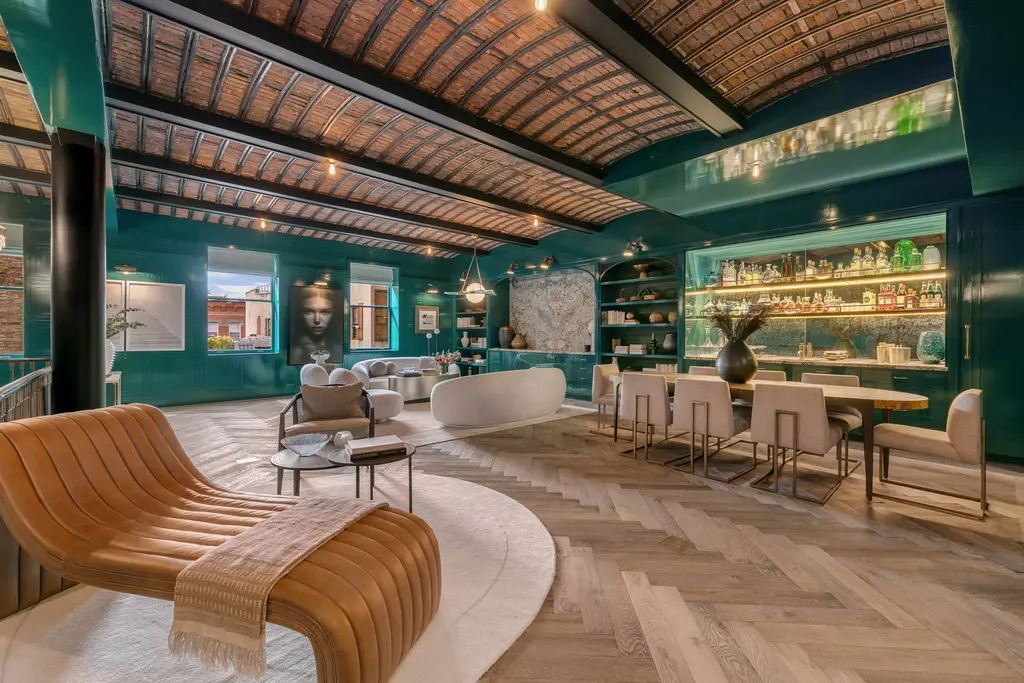
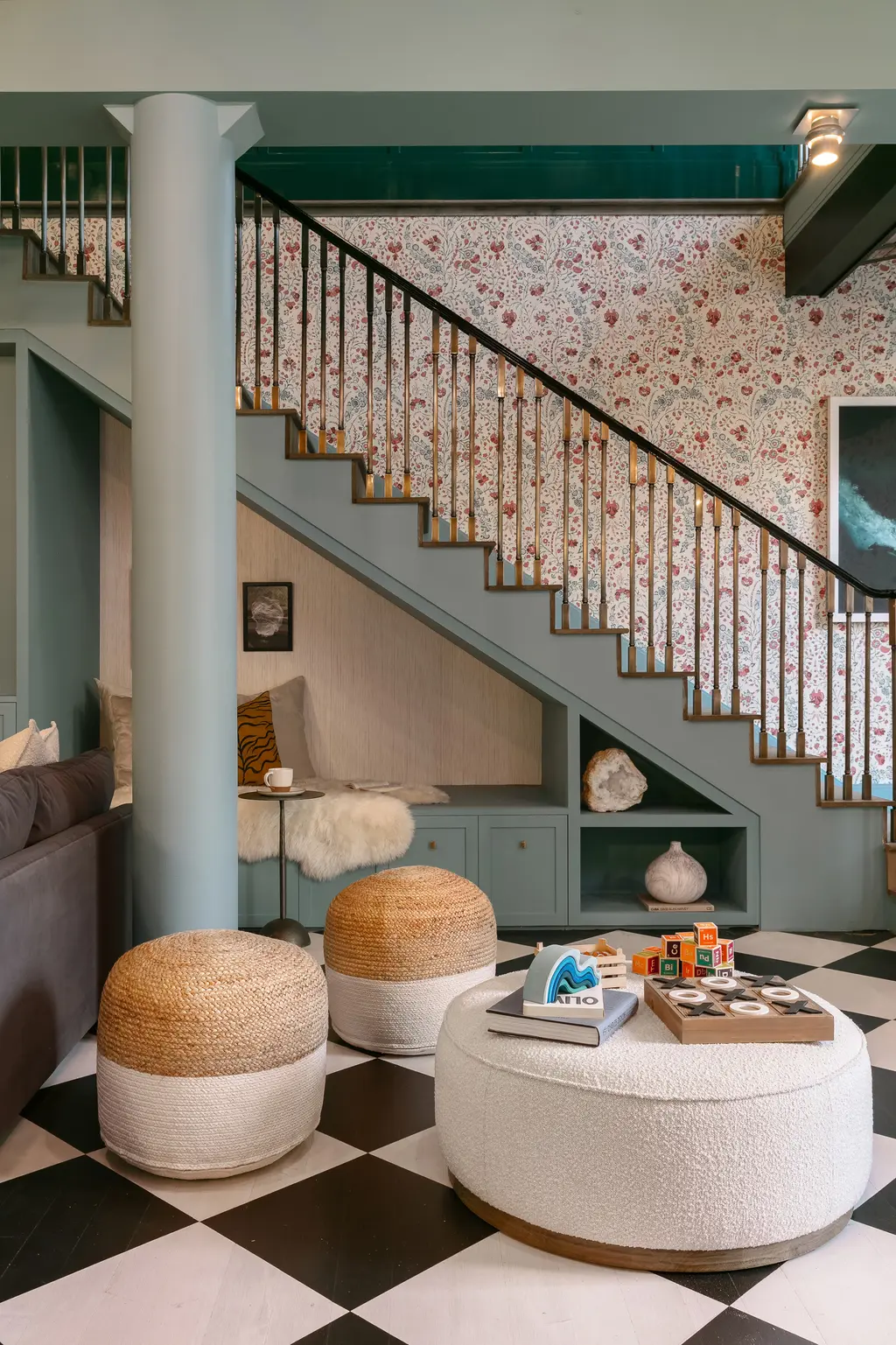
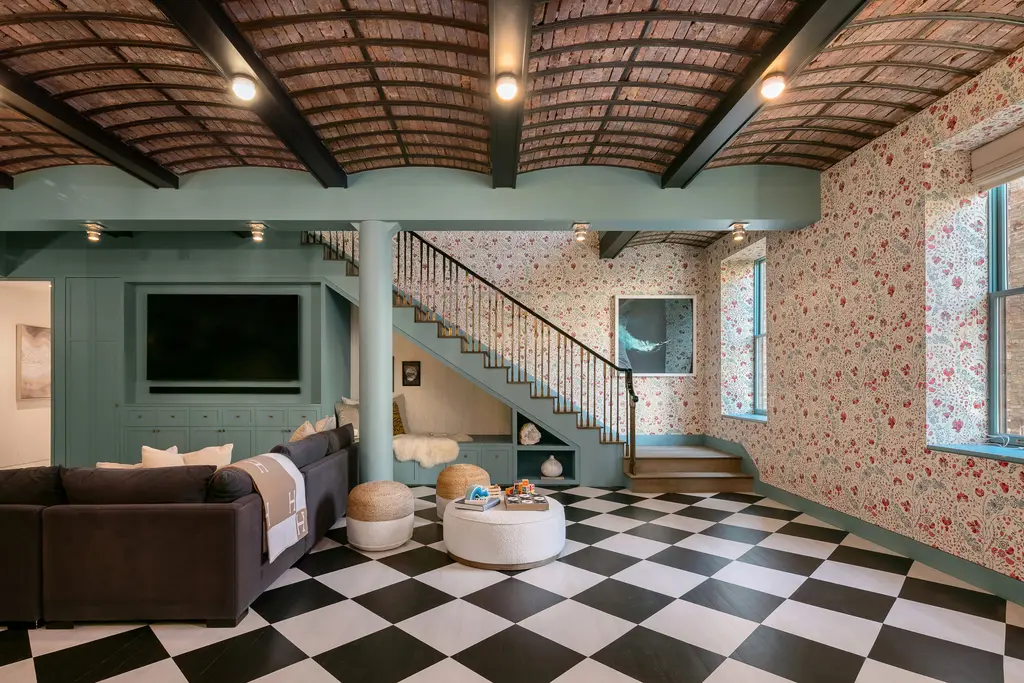
555 West End Avenue, #TheSolarium
$18,000,000
Riverside Dr./West End Ave. | Condominium | 3 Bedrooms, 3.5 Baths | 3,420 ft2
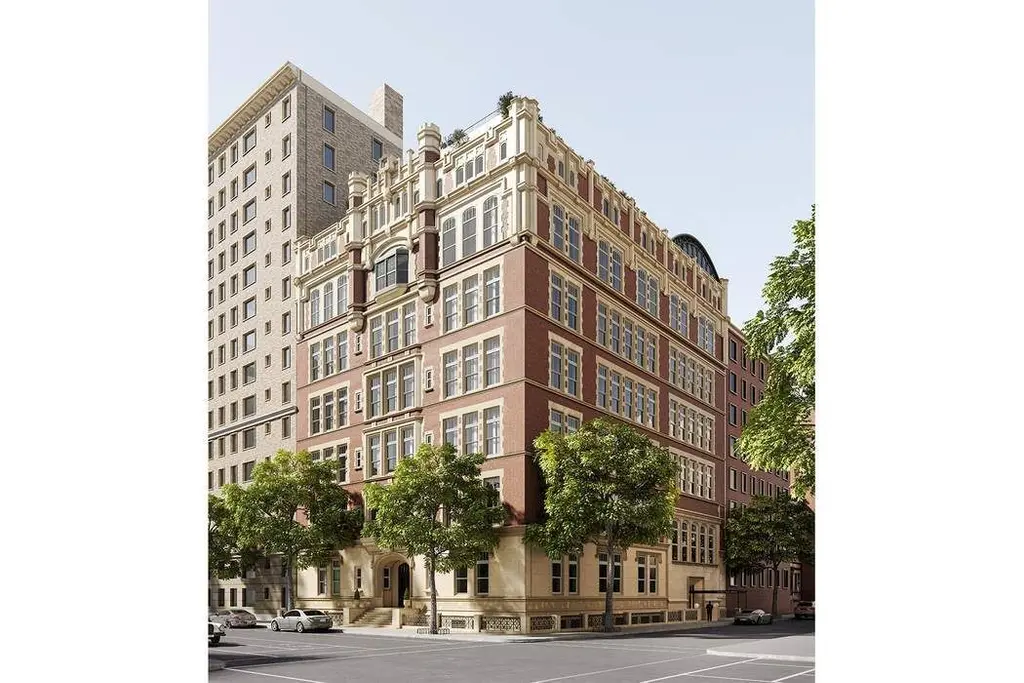
555 West End Avenue, #TheSolarium (Sothebys International Realty)
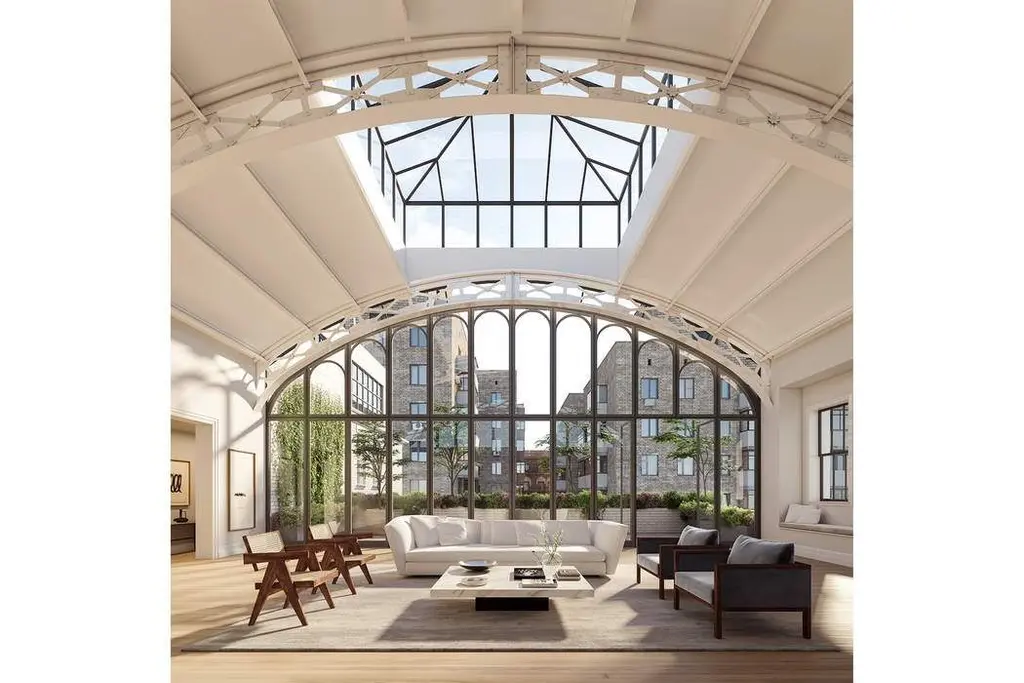
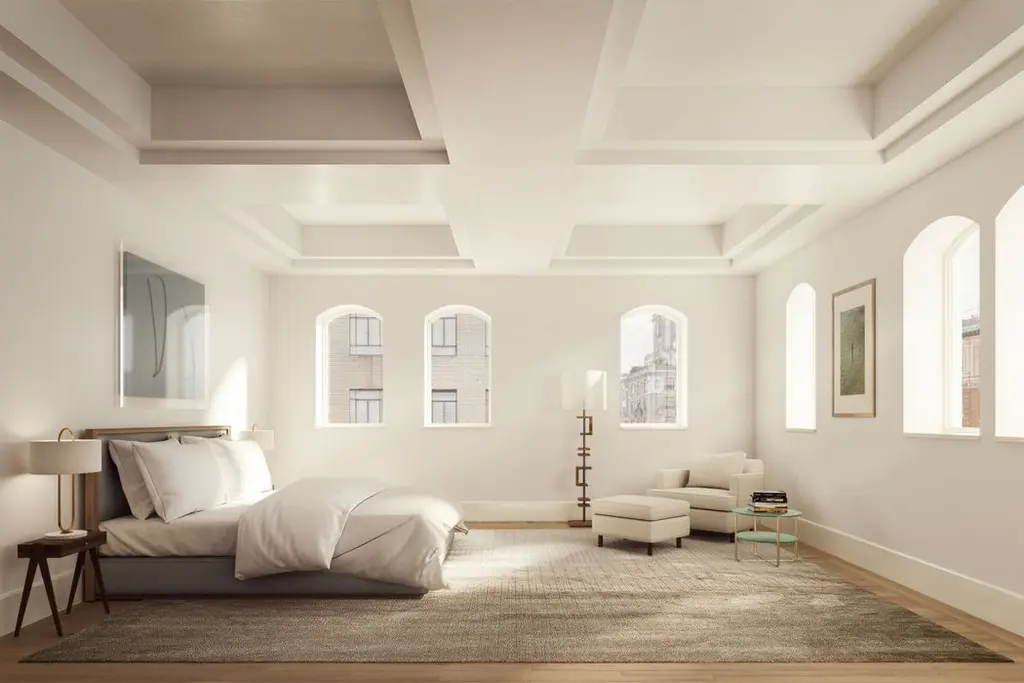
443 Greenwich Street, #PHE (Compass)
Would you like to tour any of these properties?
Just complete the info below.
Or call us at (212) 755-5544
Would you like to tour any of these properties?


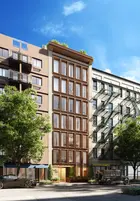
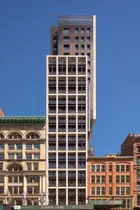
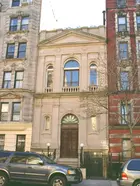
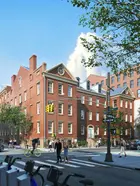

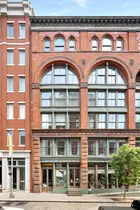

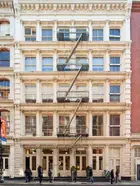
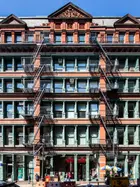
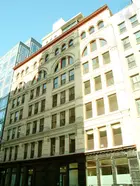
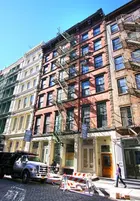
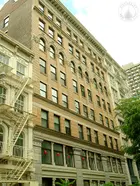
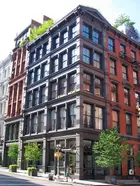
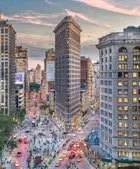
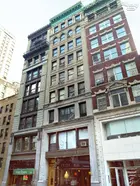
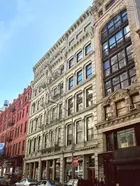
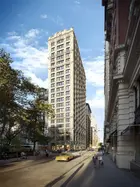
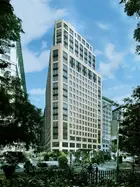
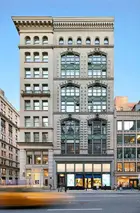
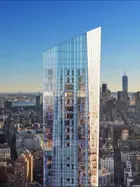
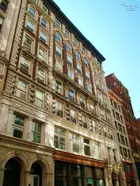
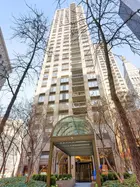

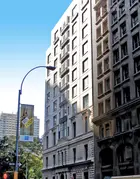
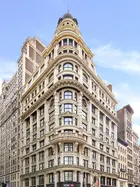
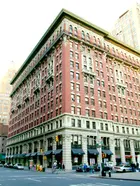

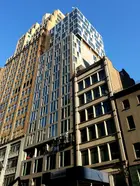
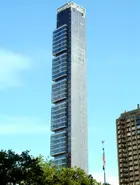
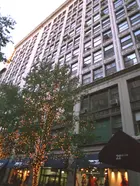
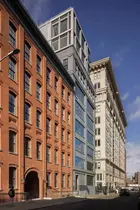
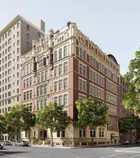


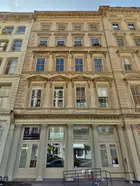
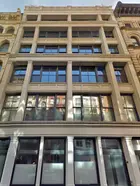
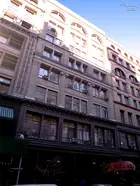
 6sqft delivers the latest on real estate, architecture, and design, straight from New York City.
6sqft delivers the latest on real estate, architecture, and design, straight from New York City.
